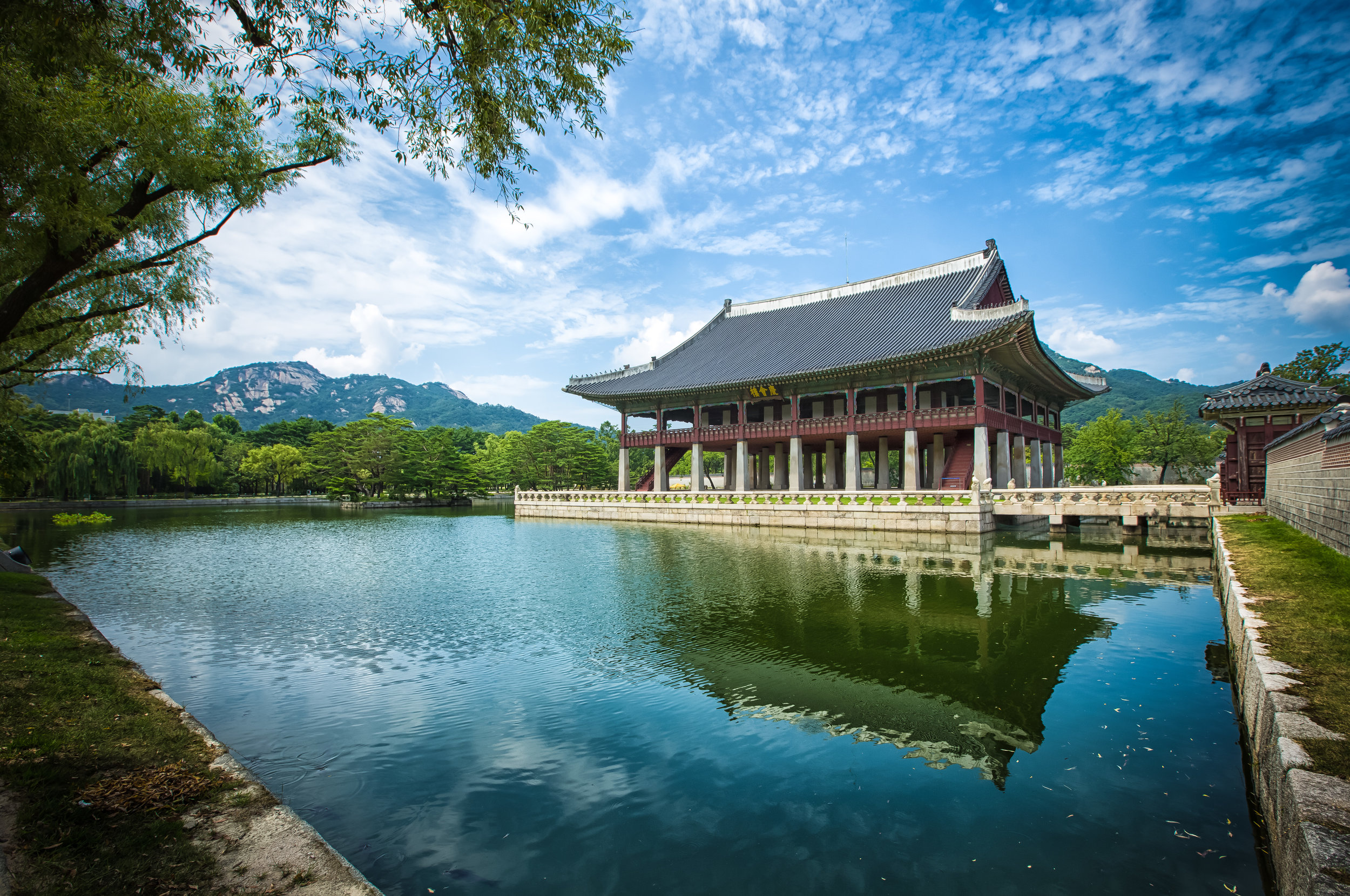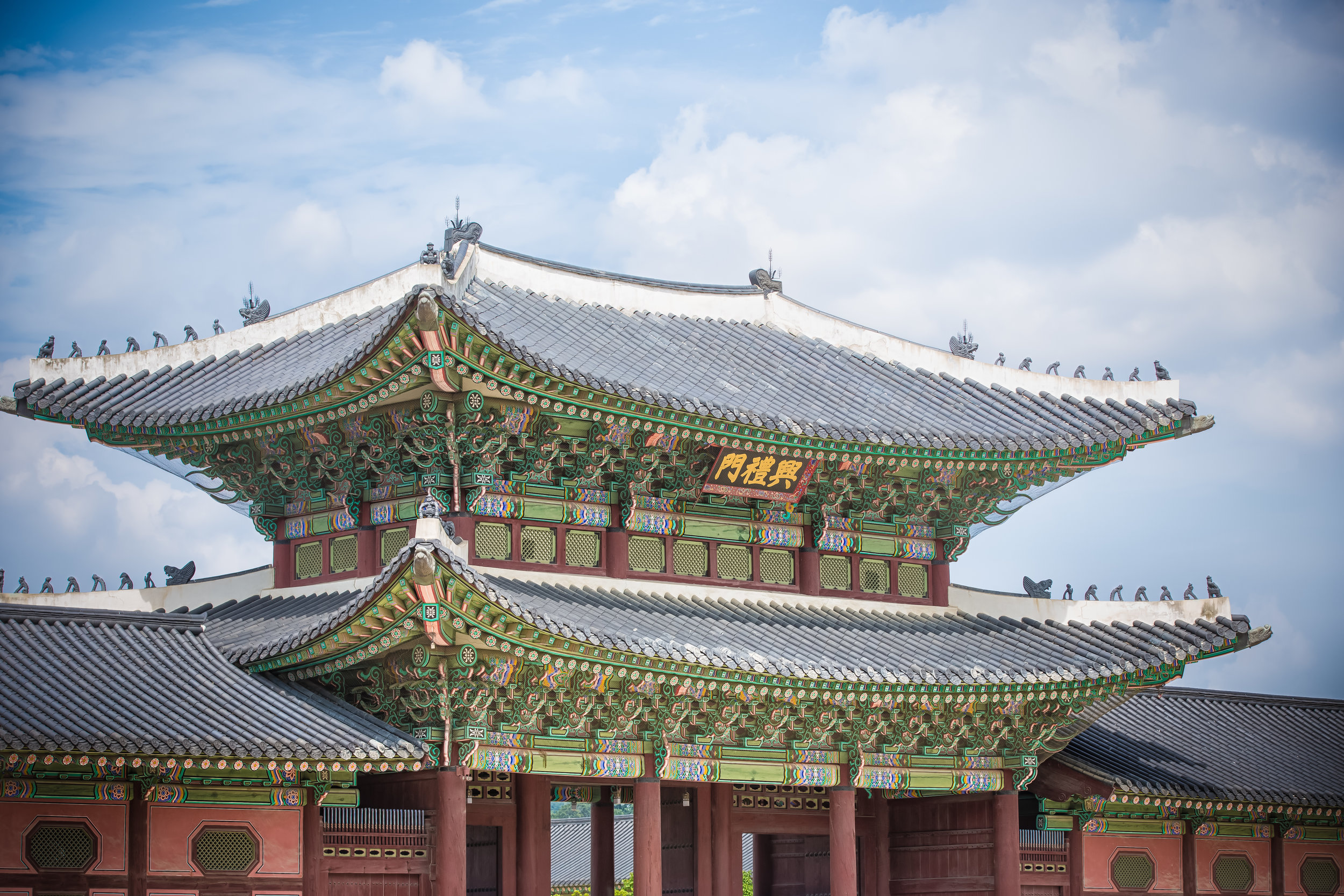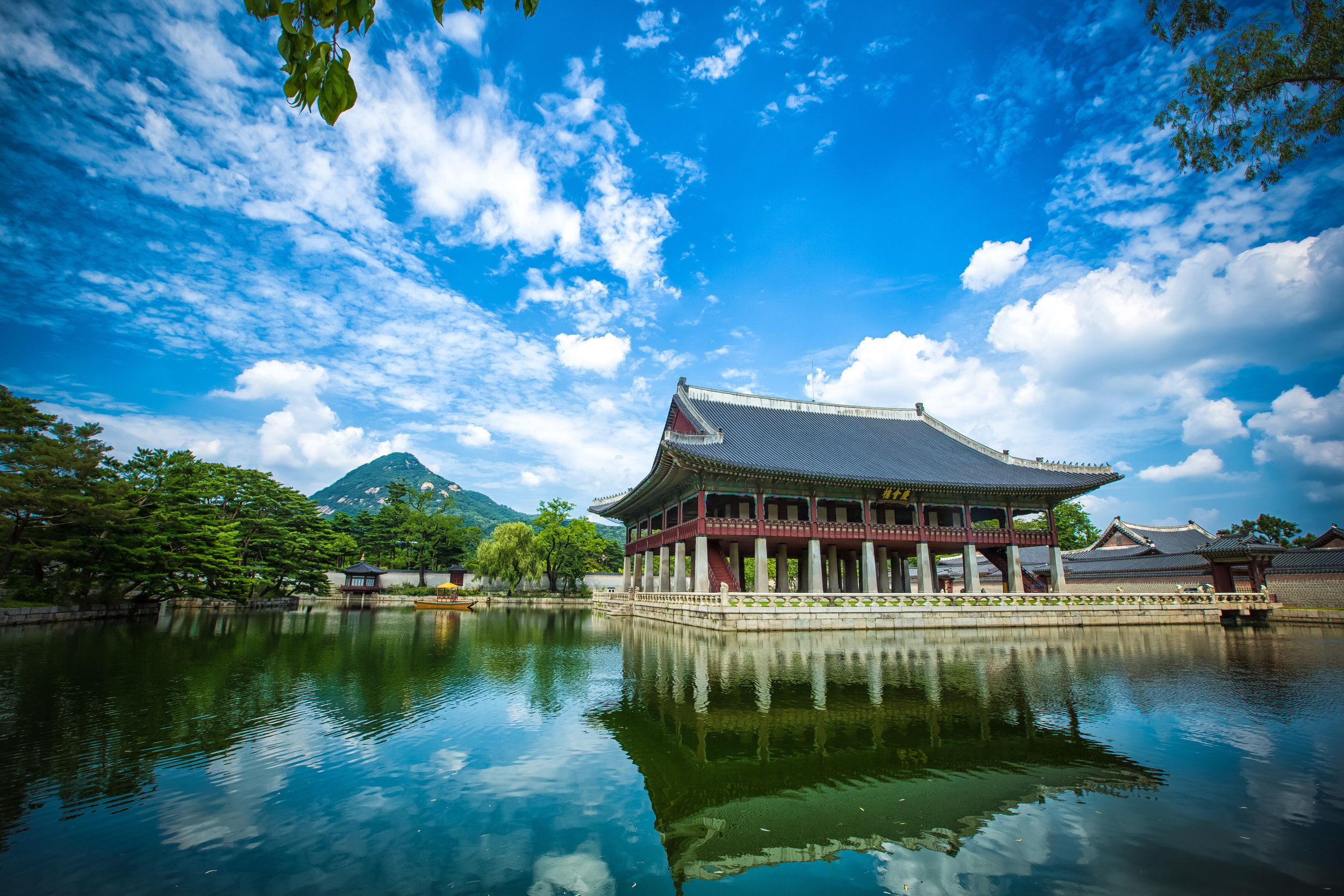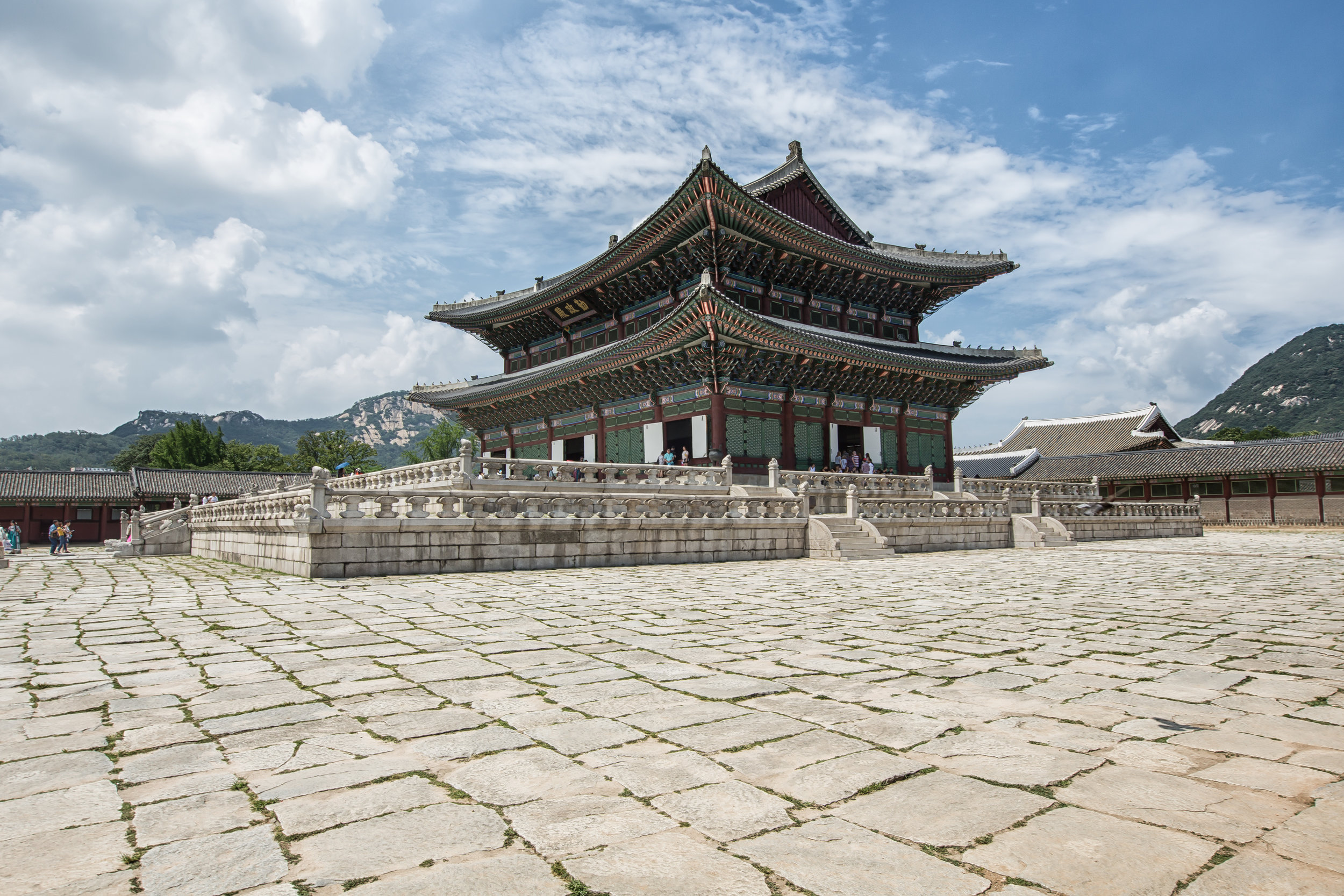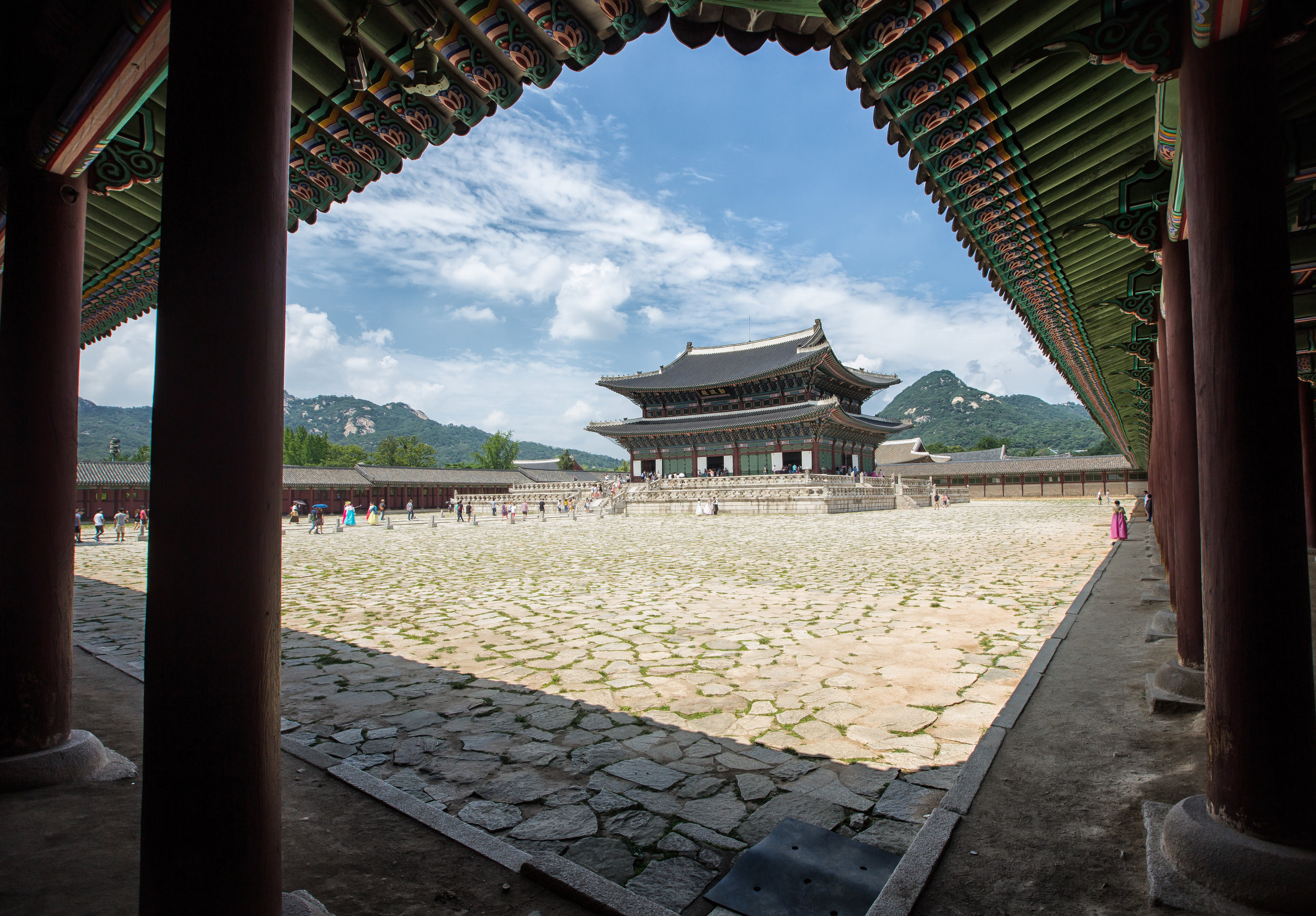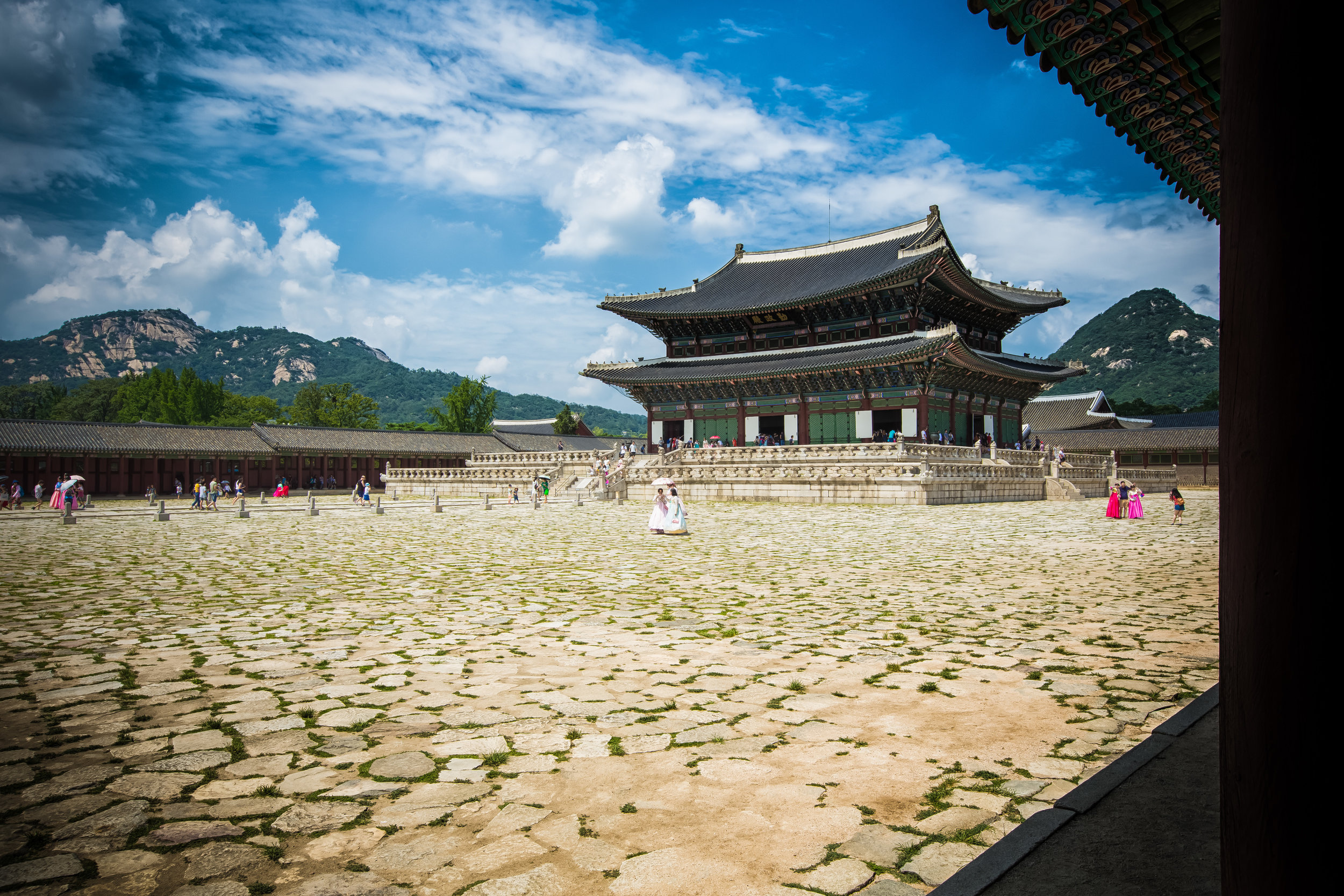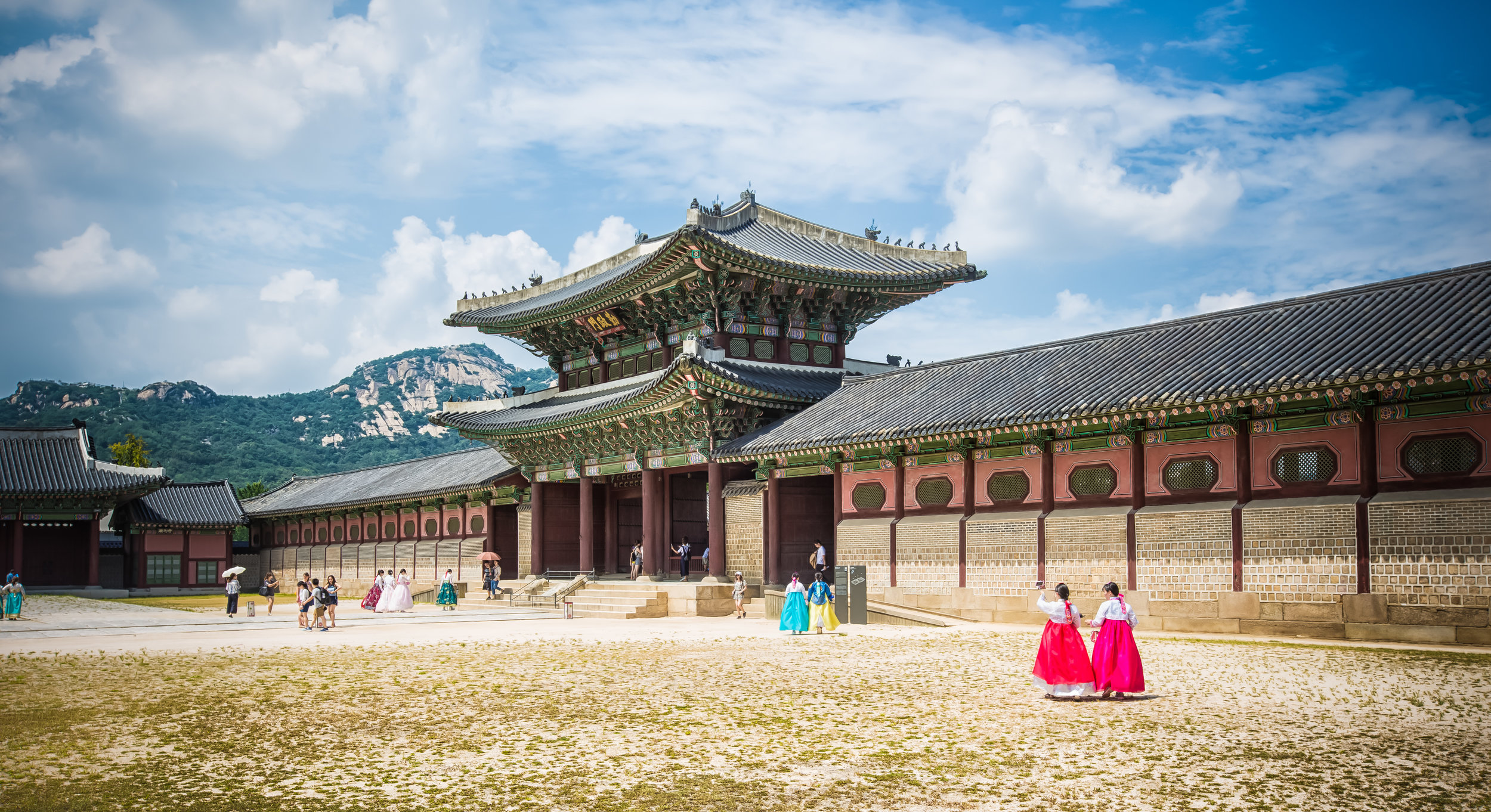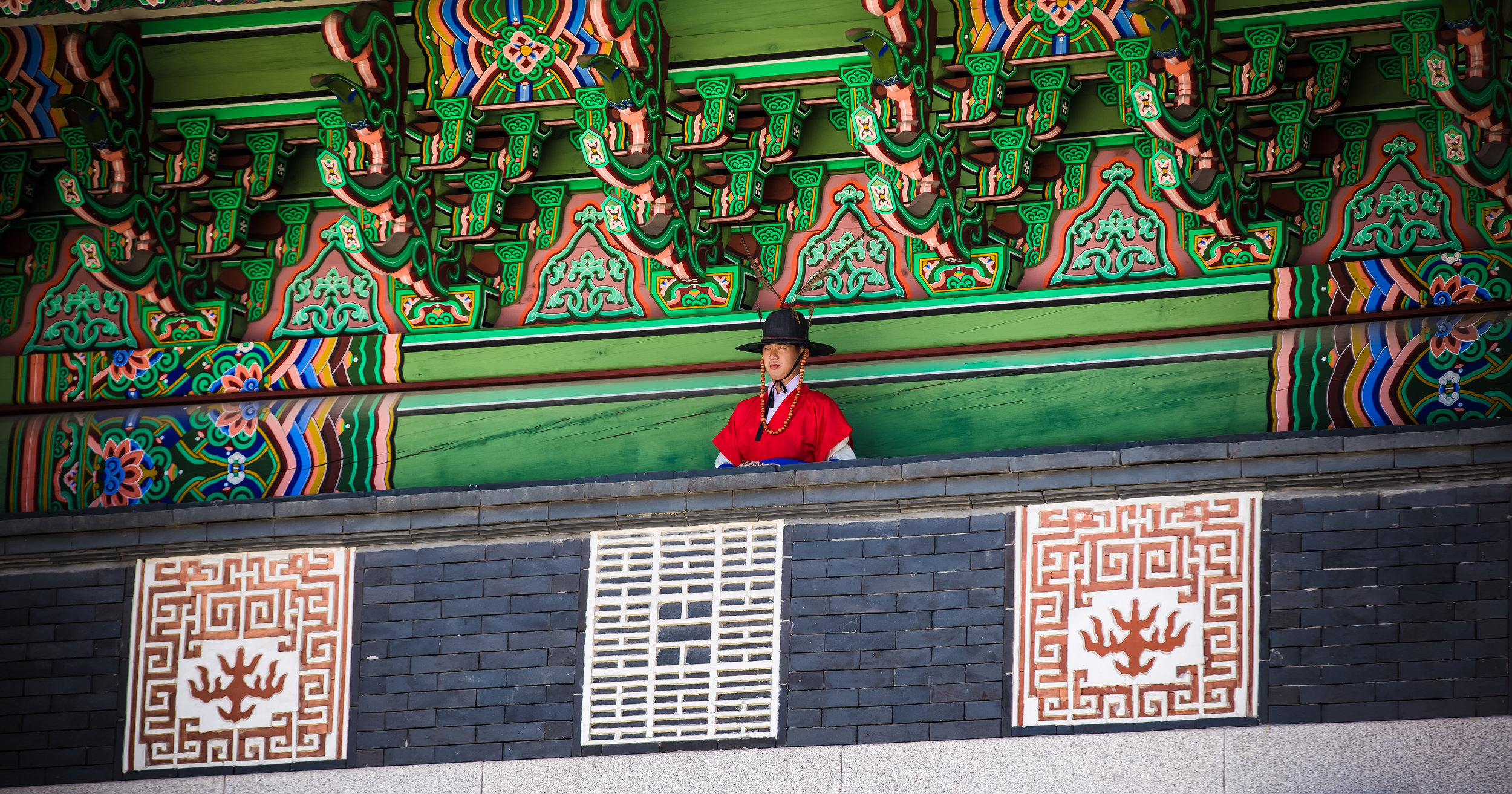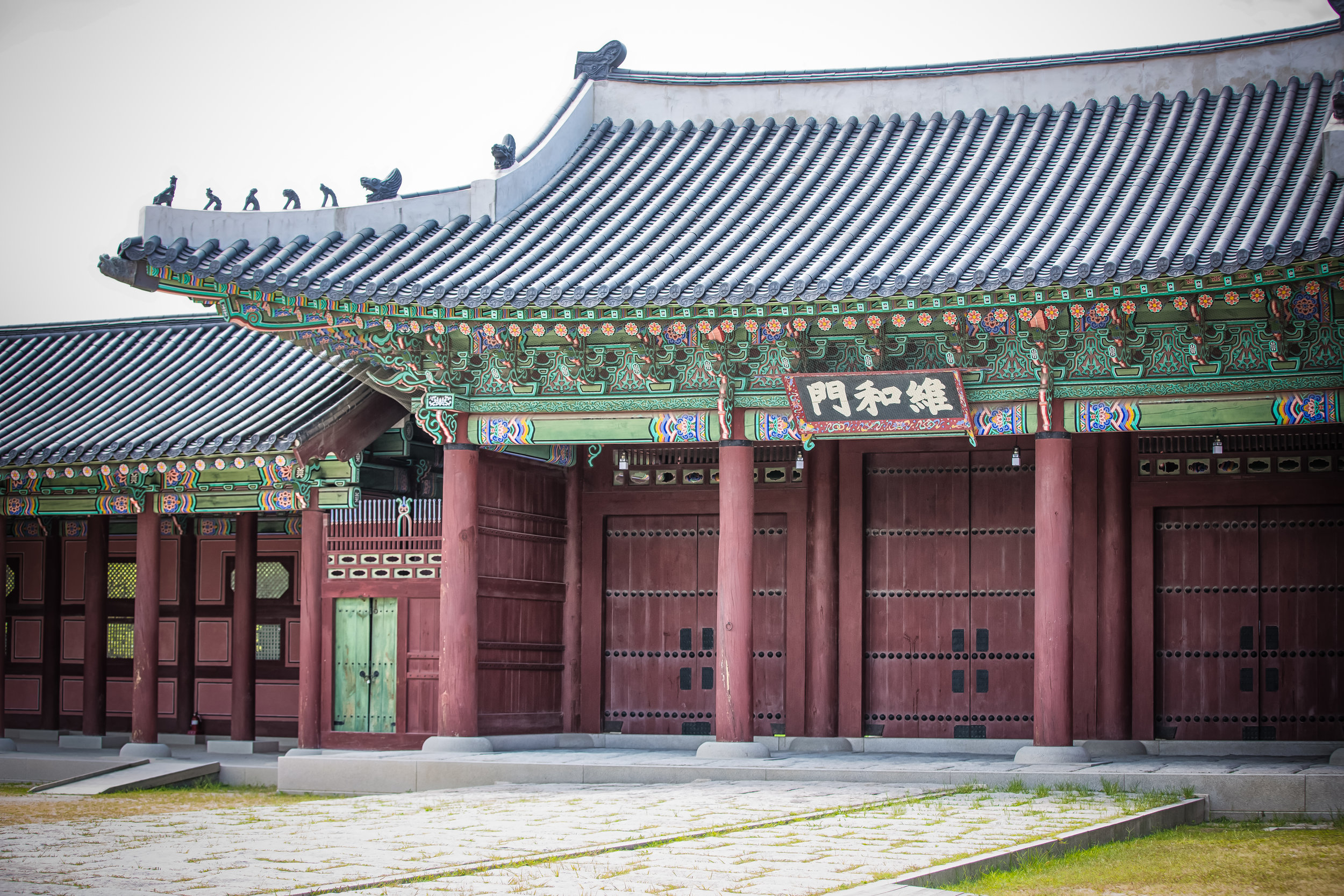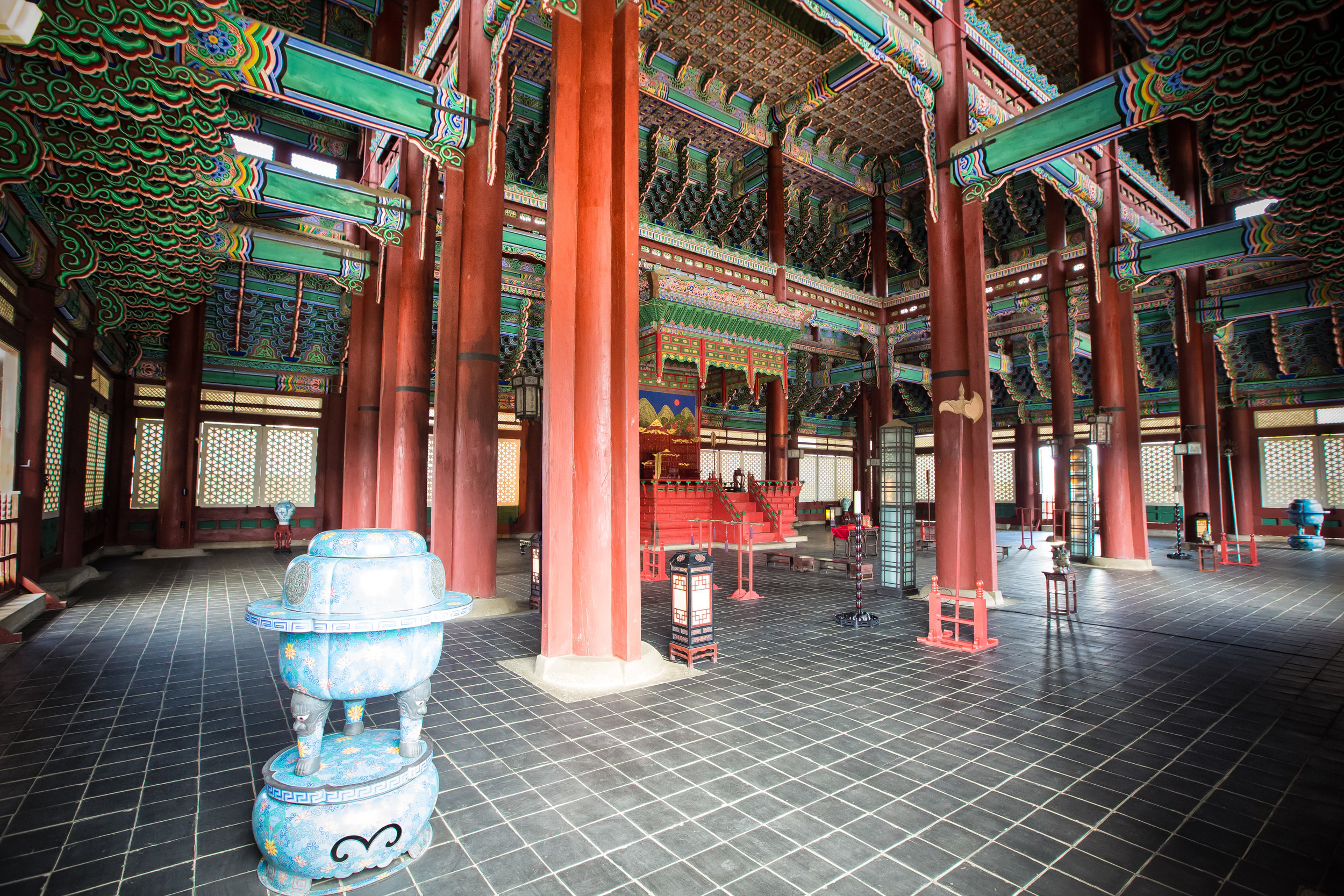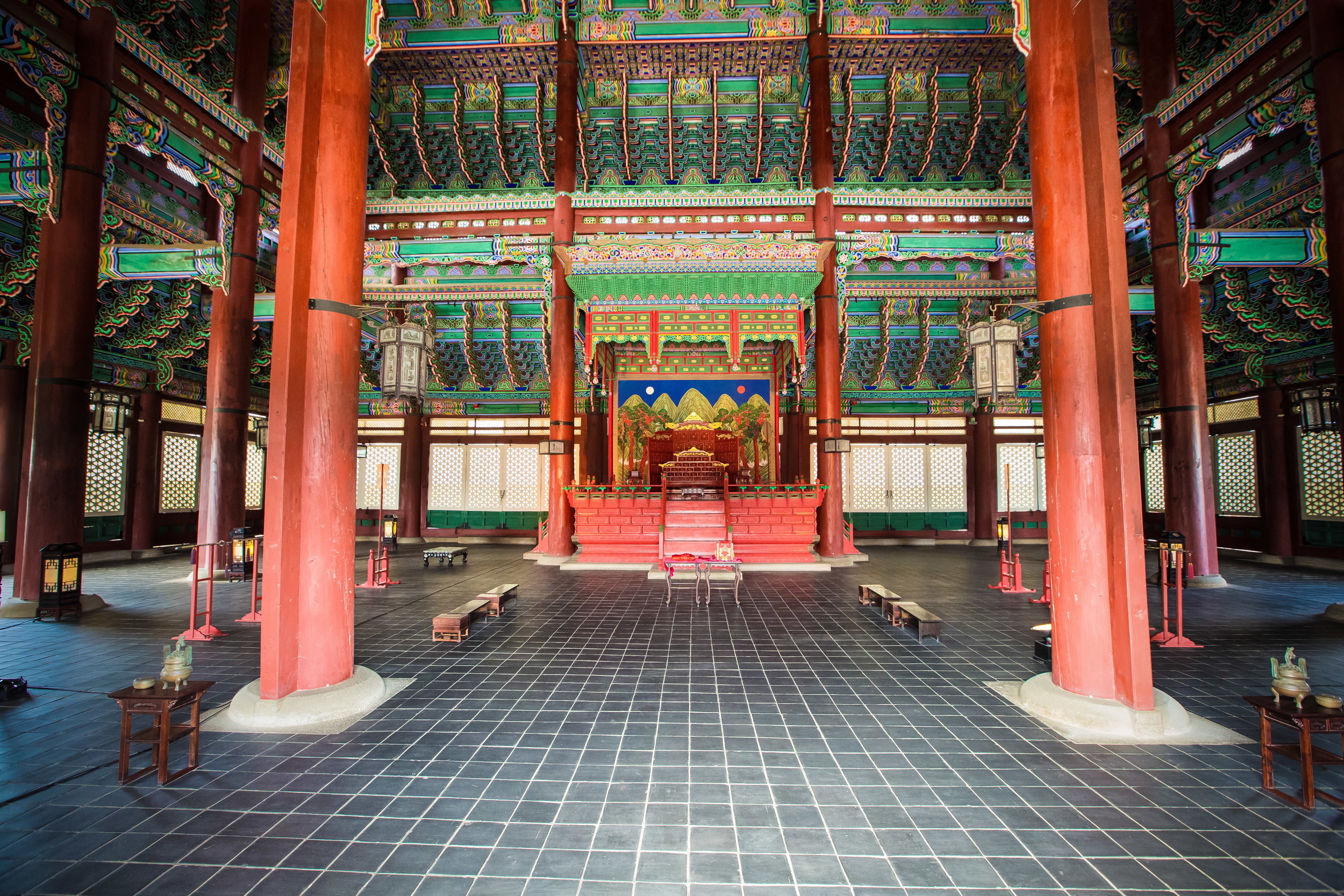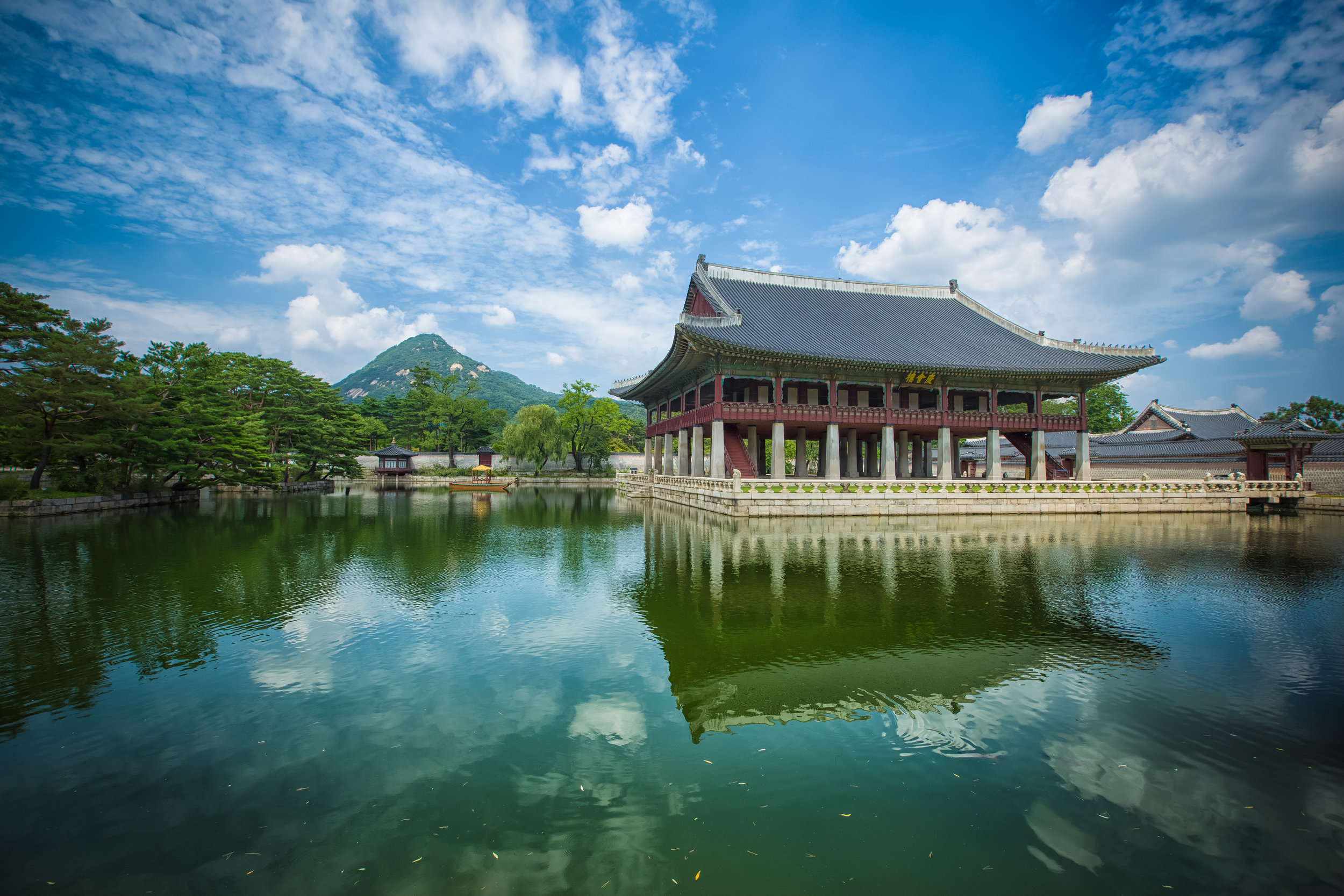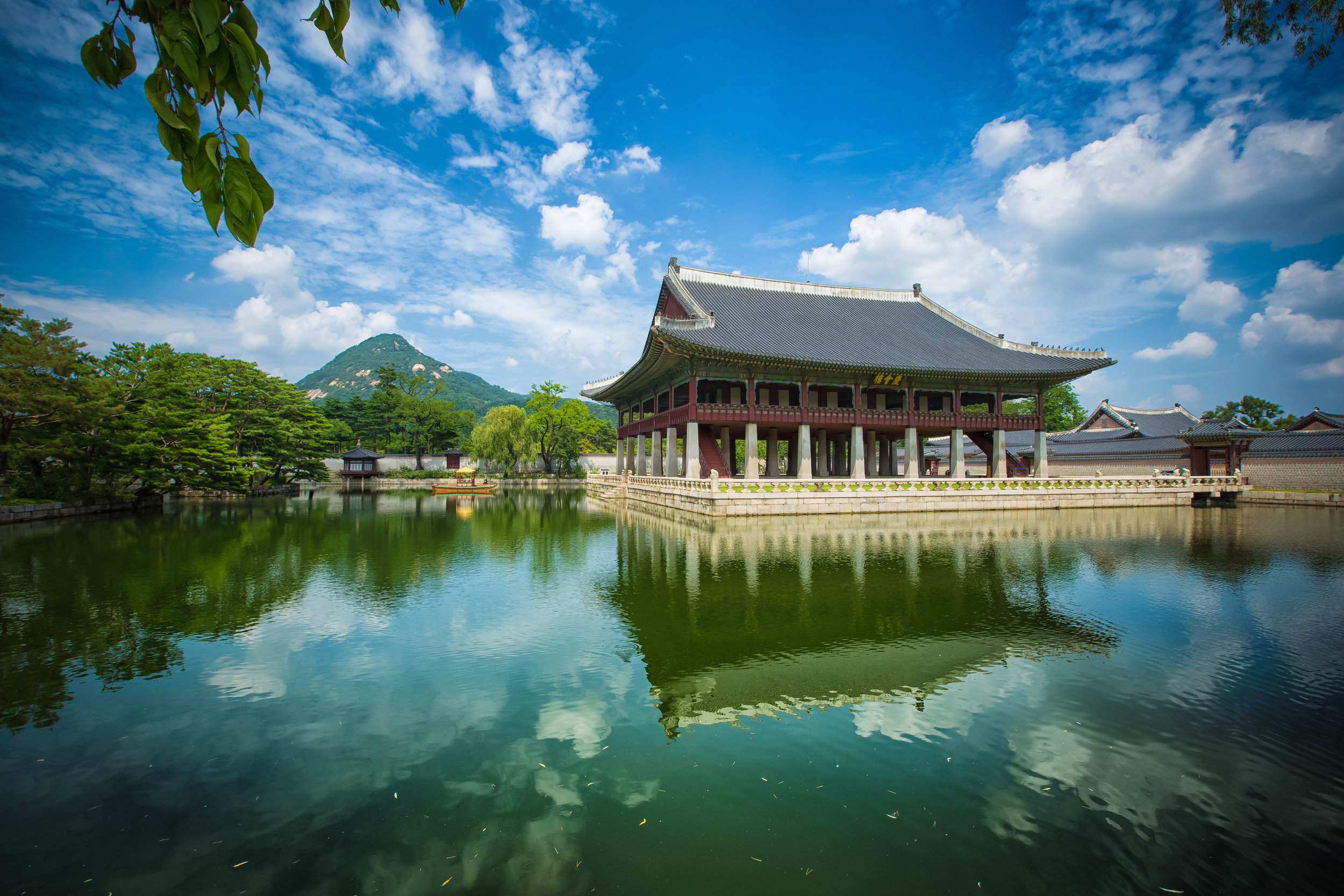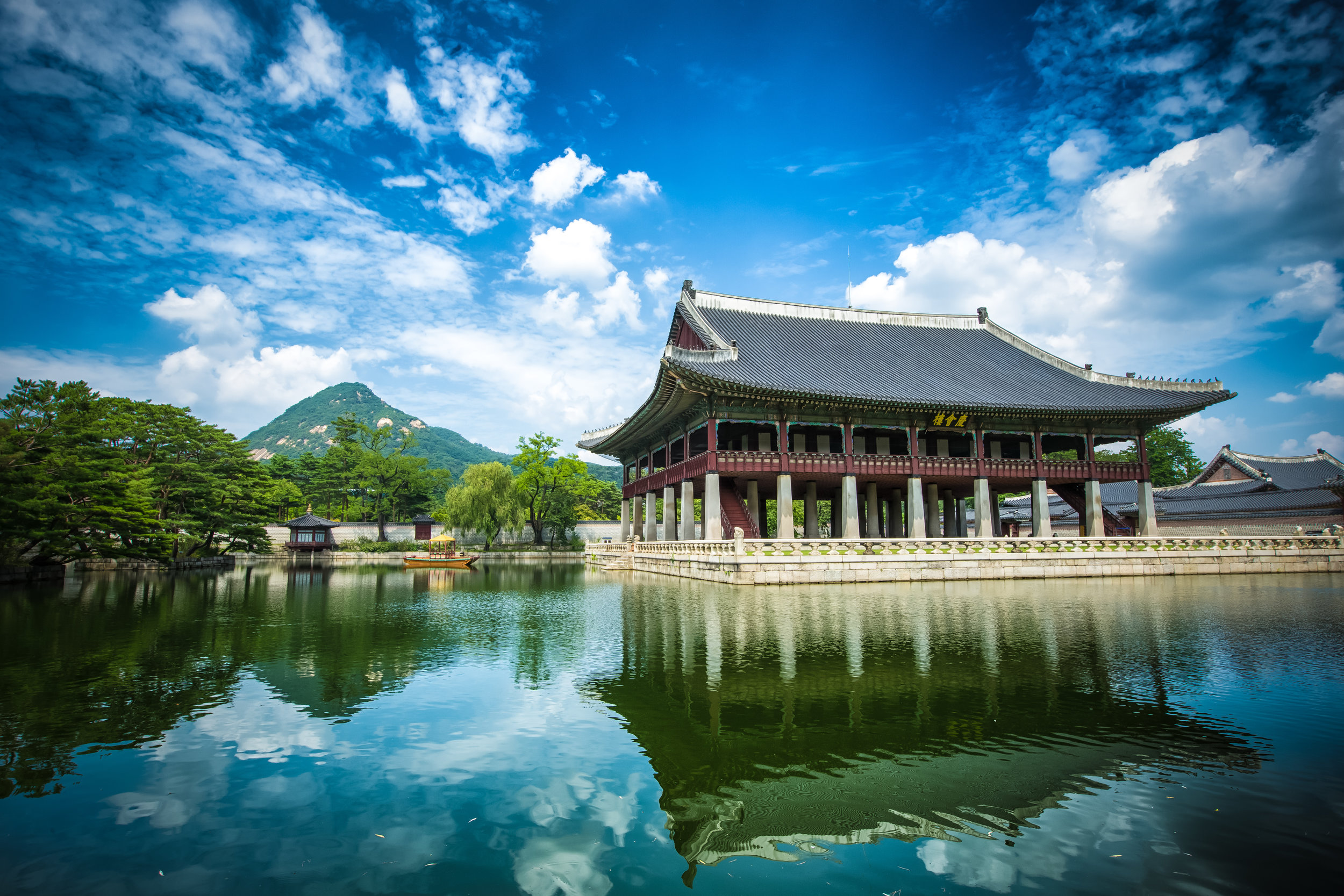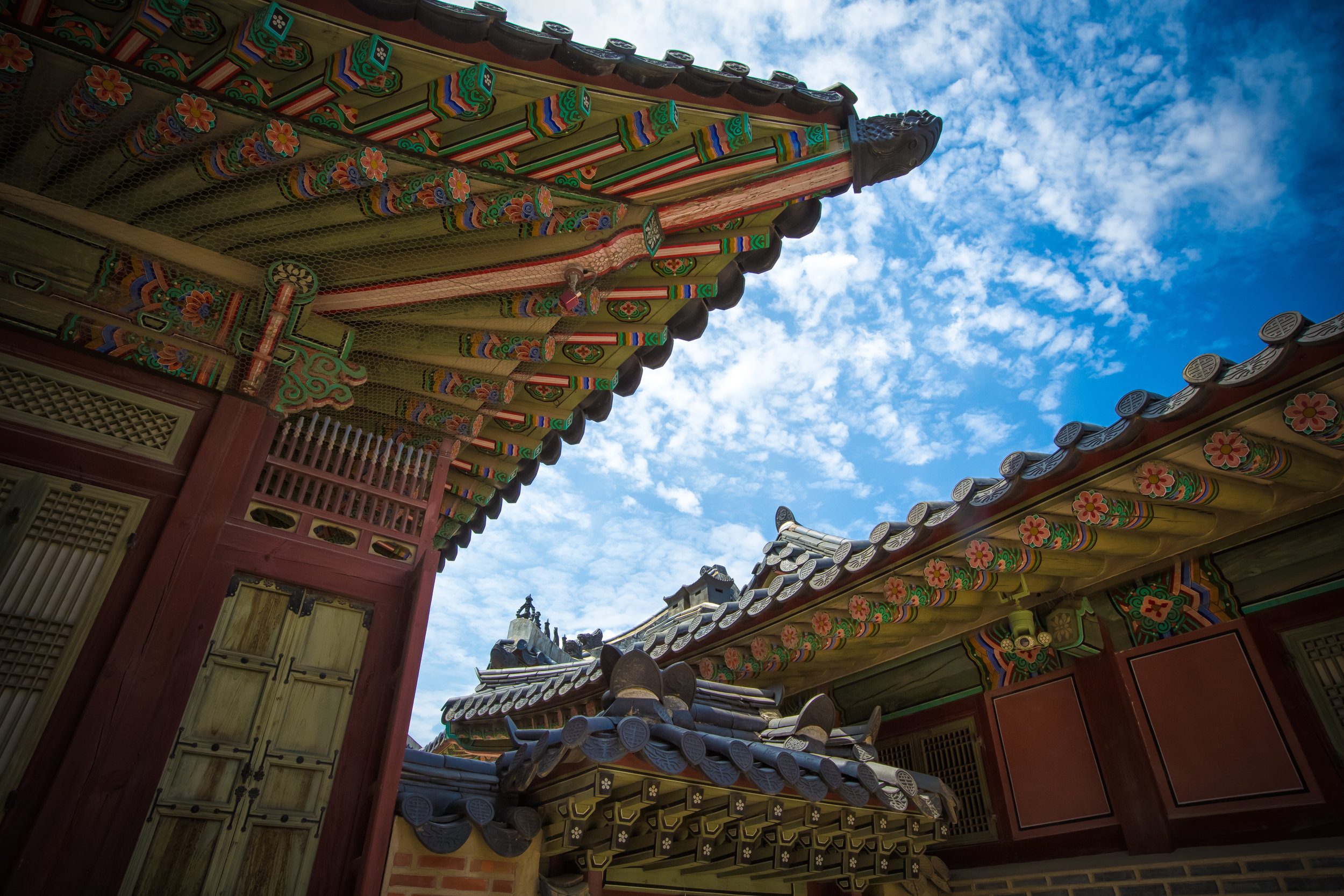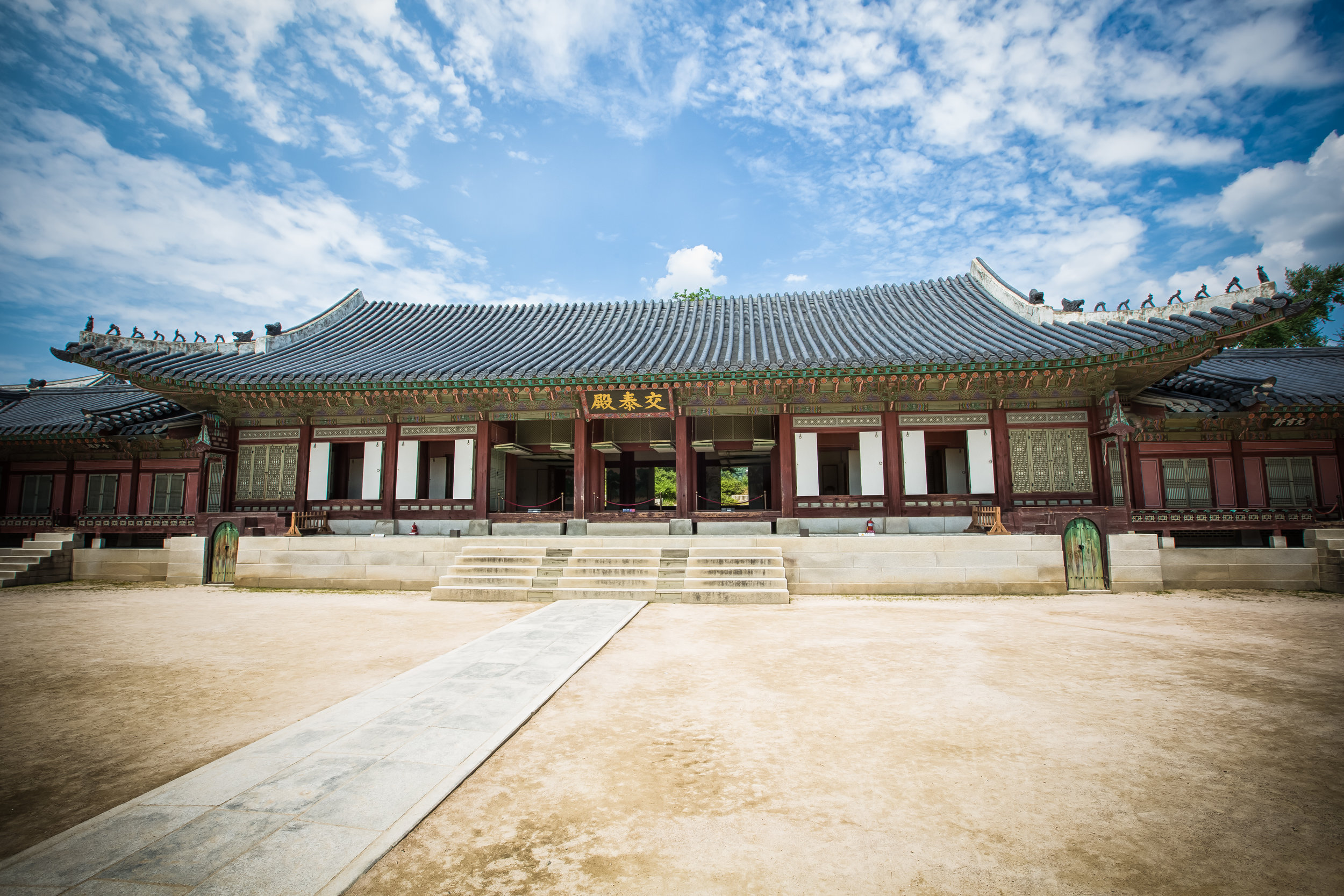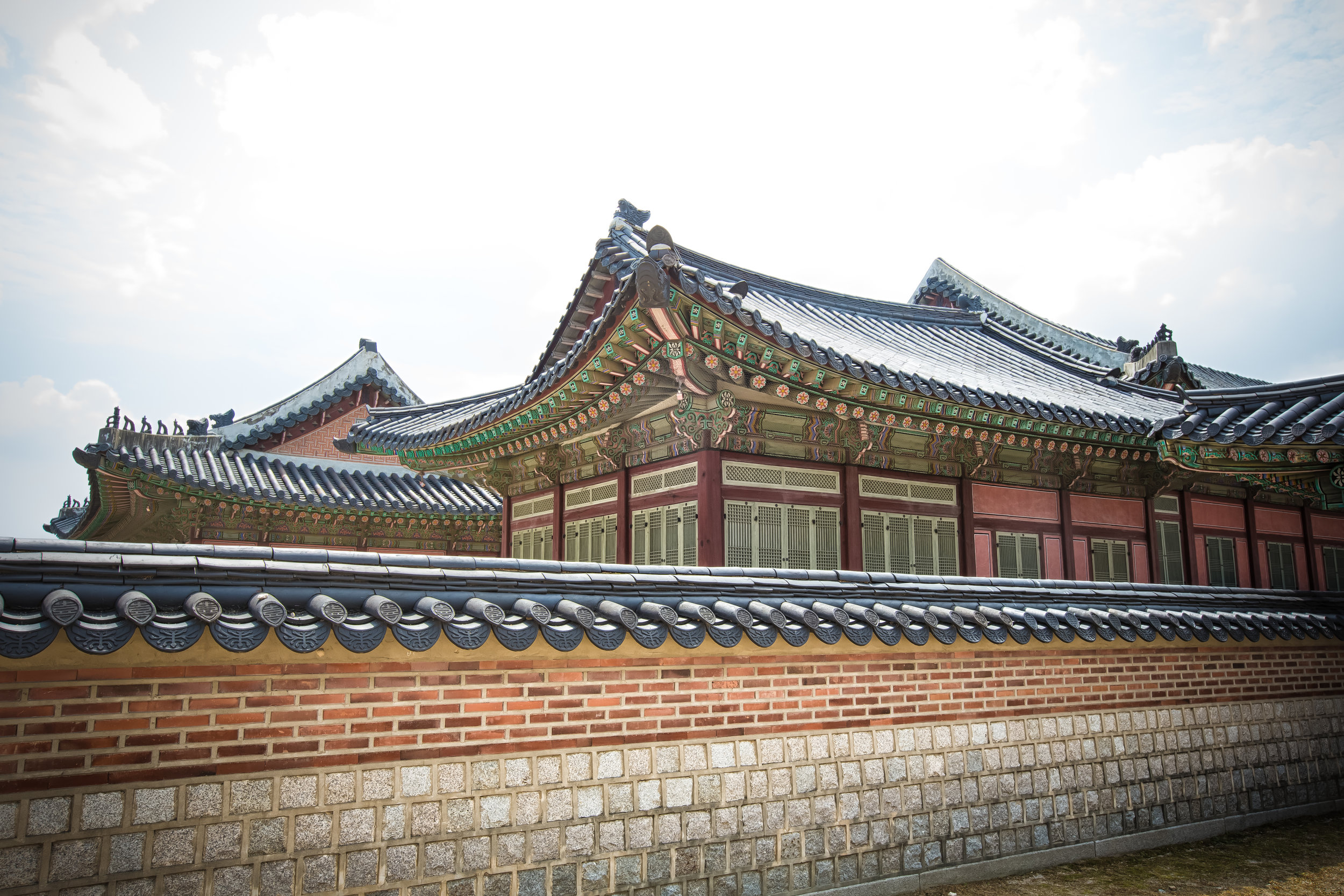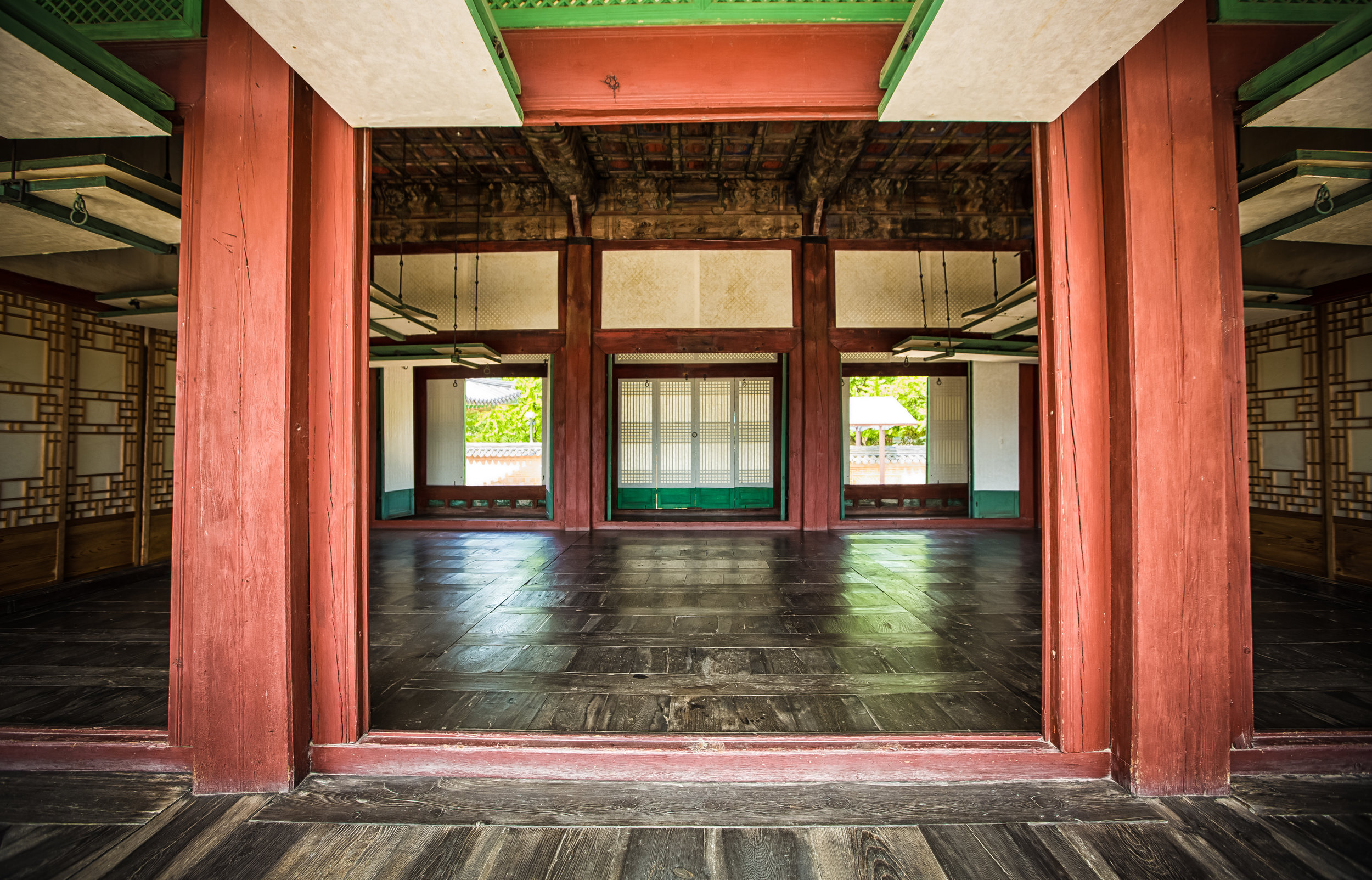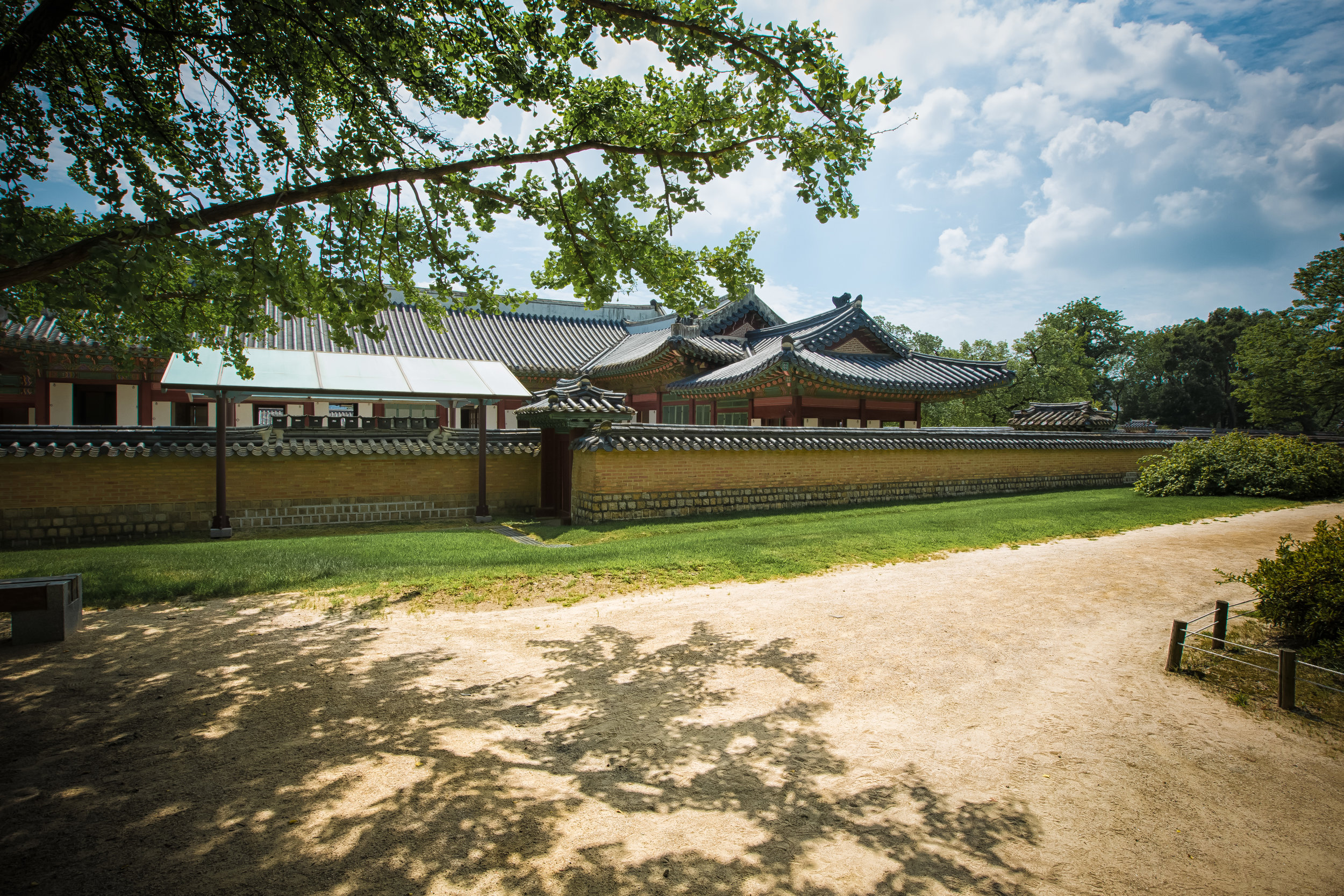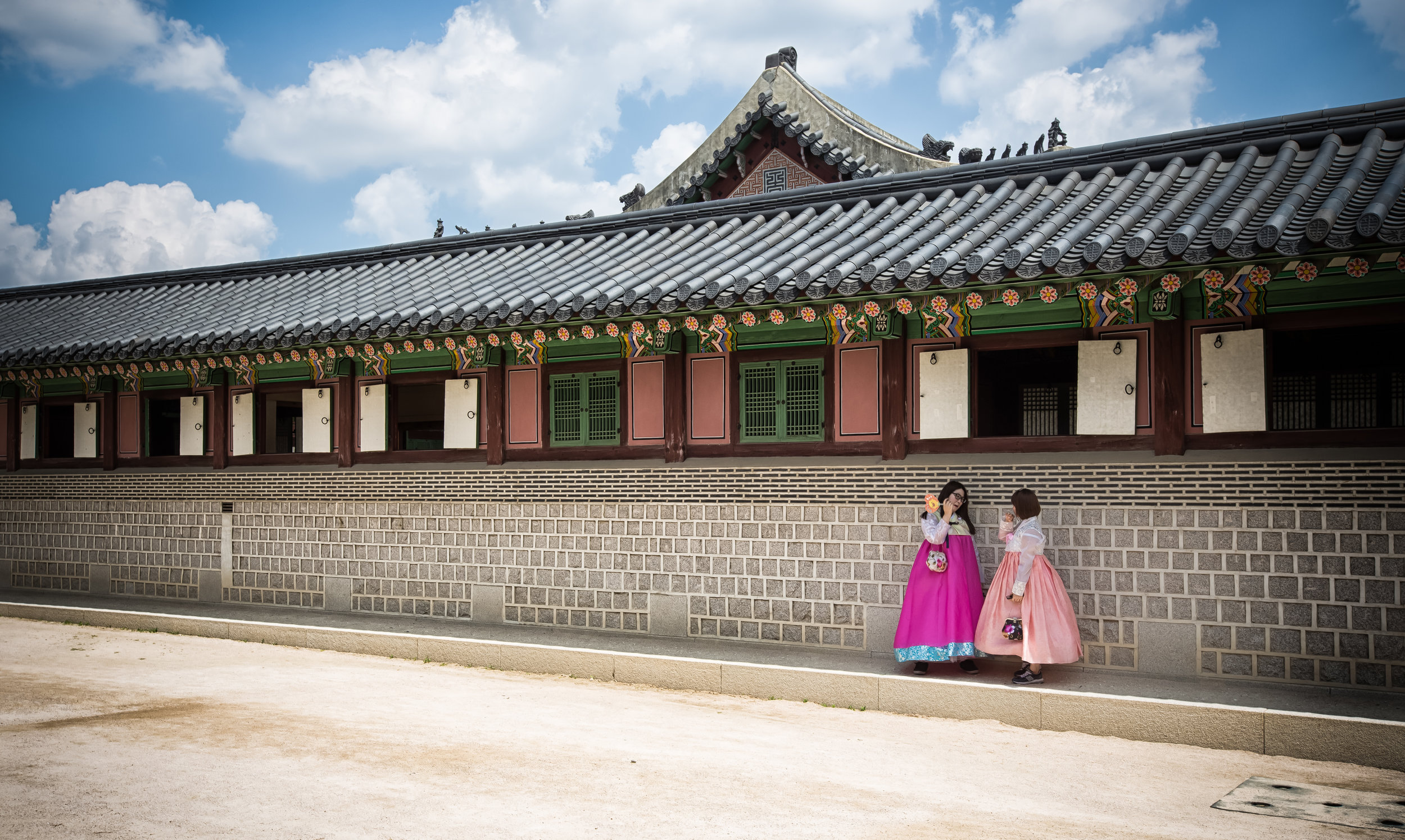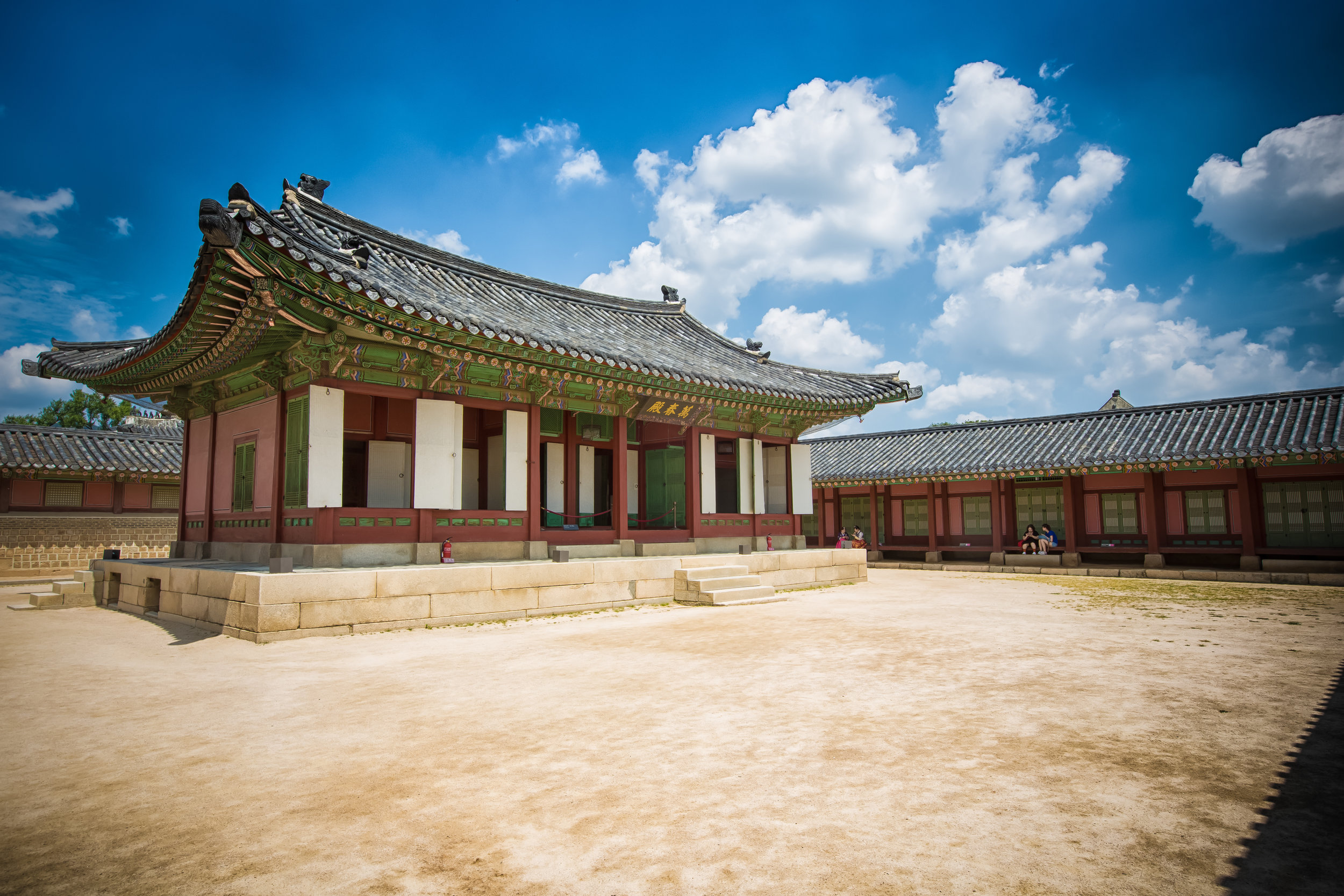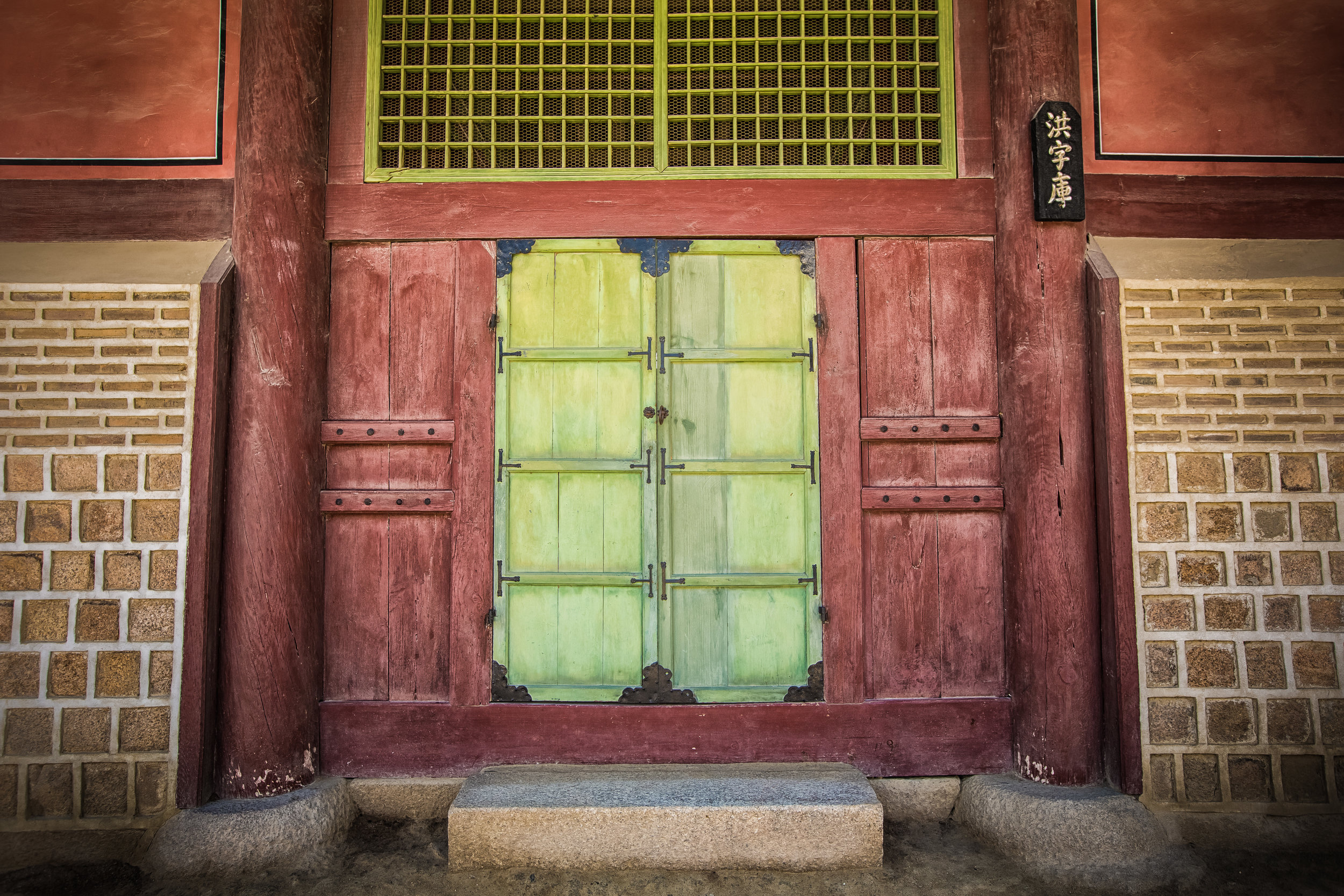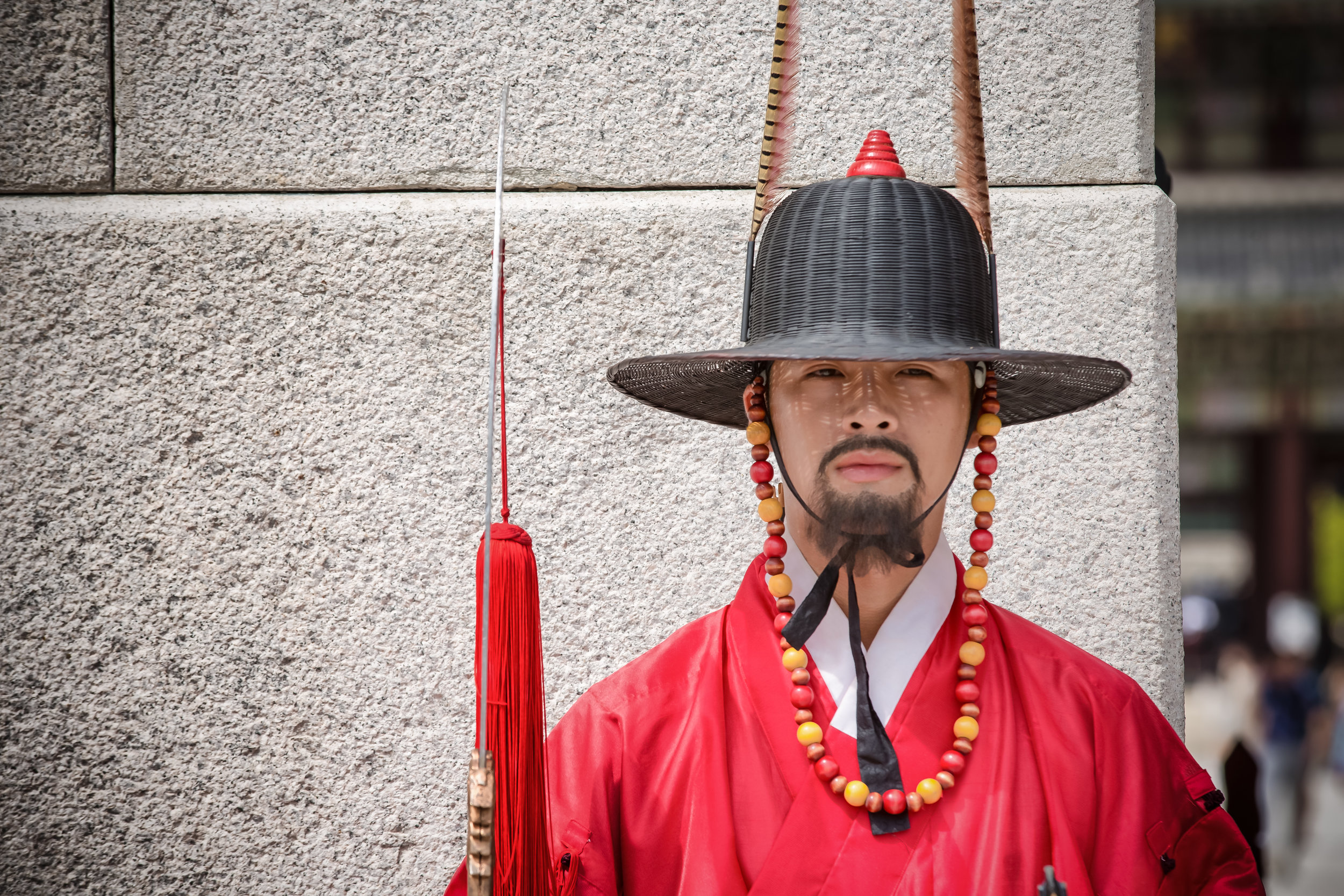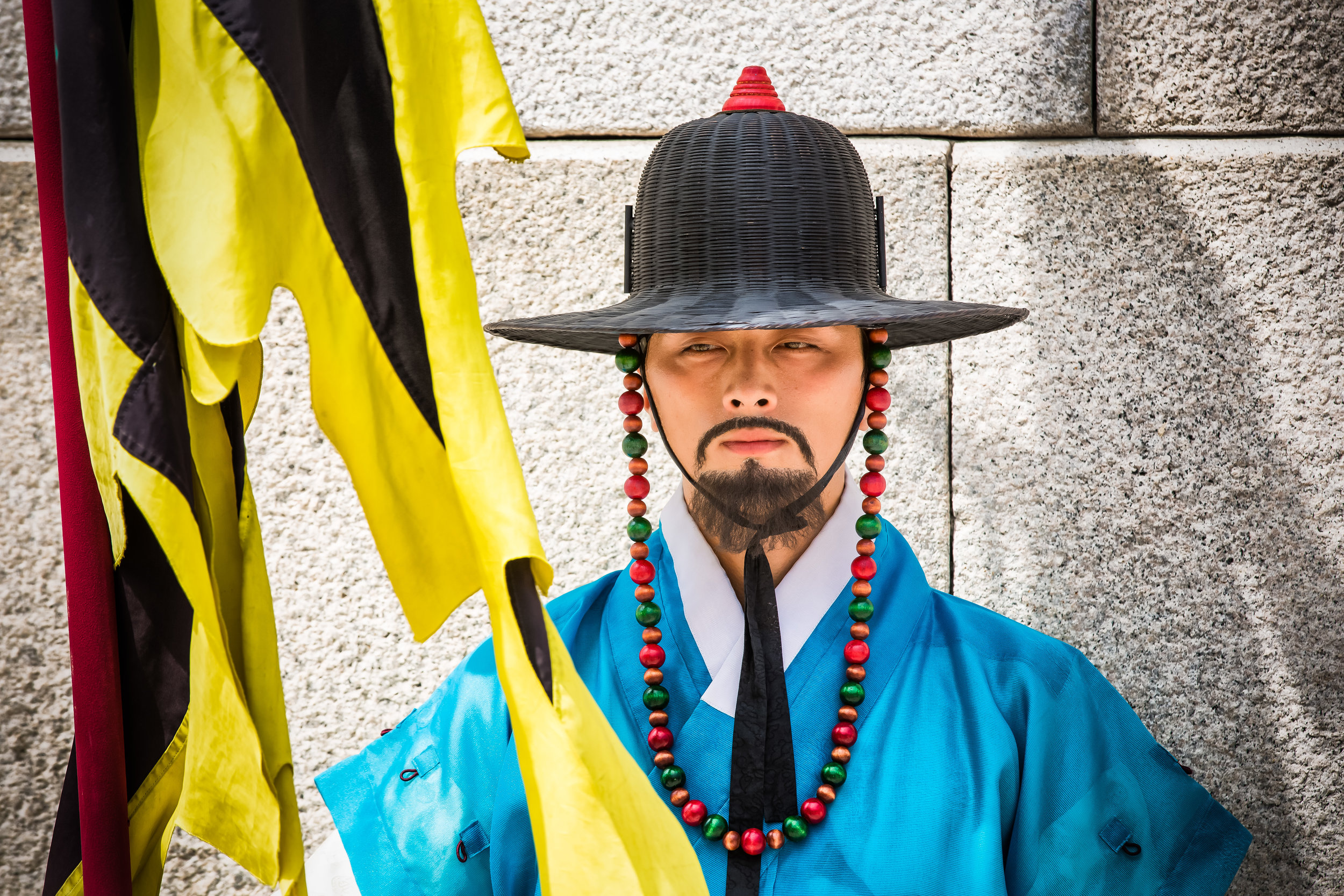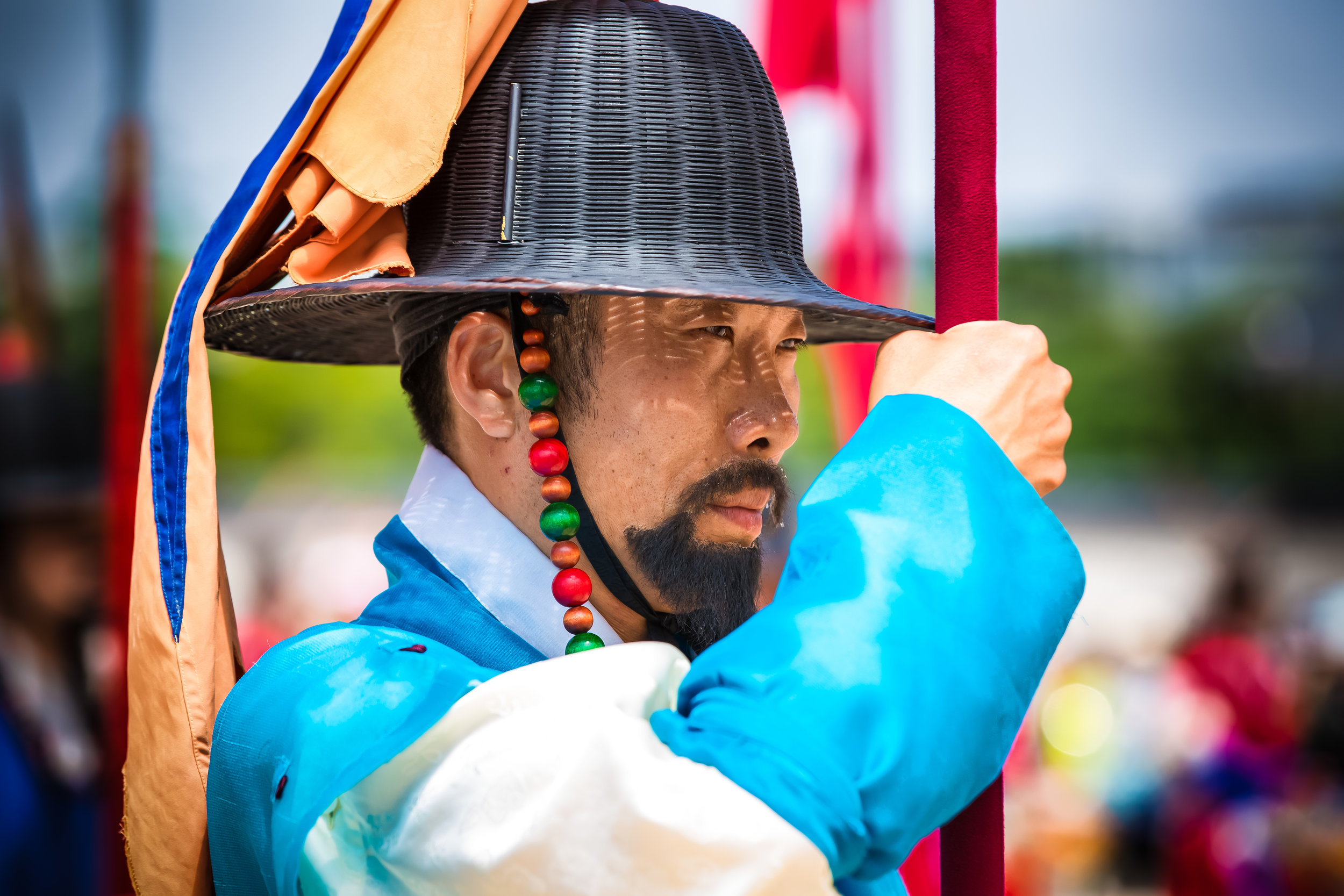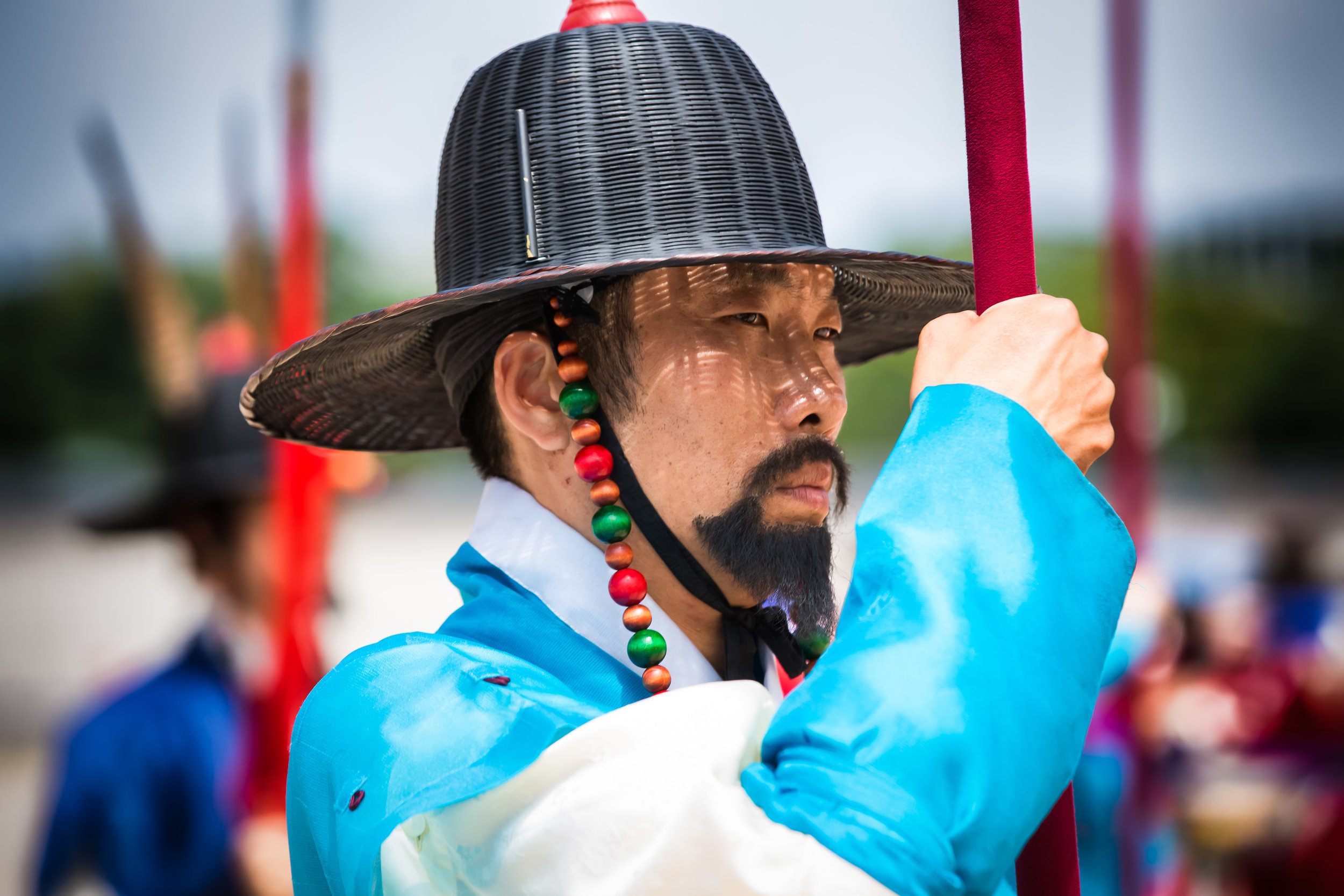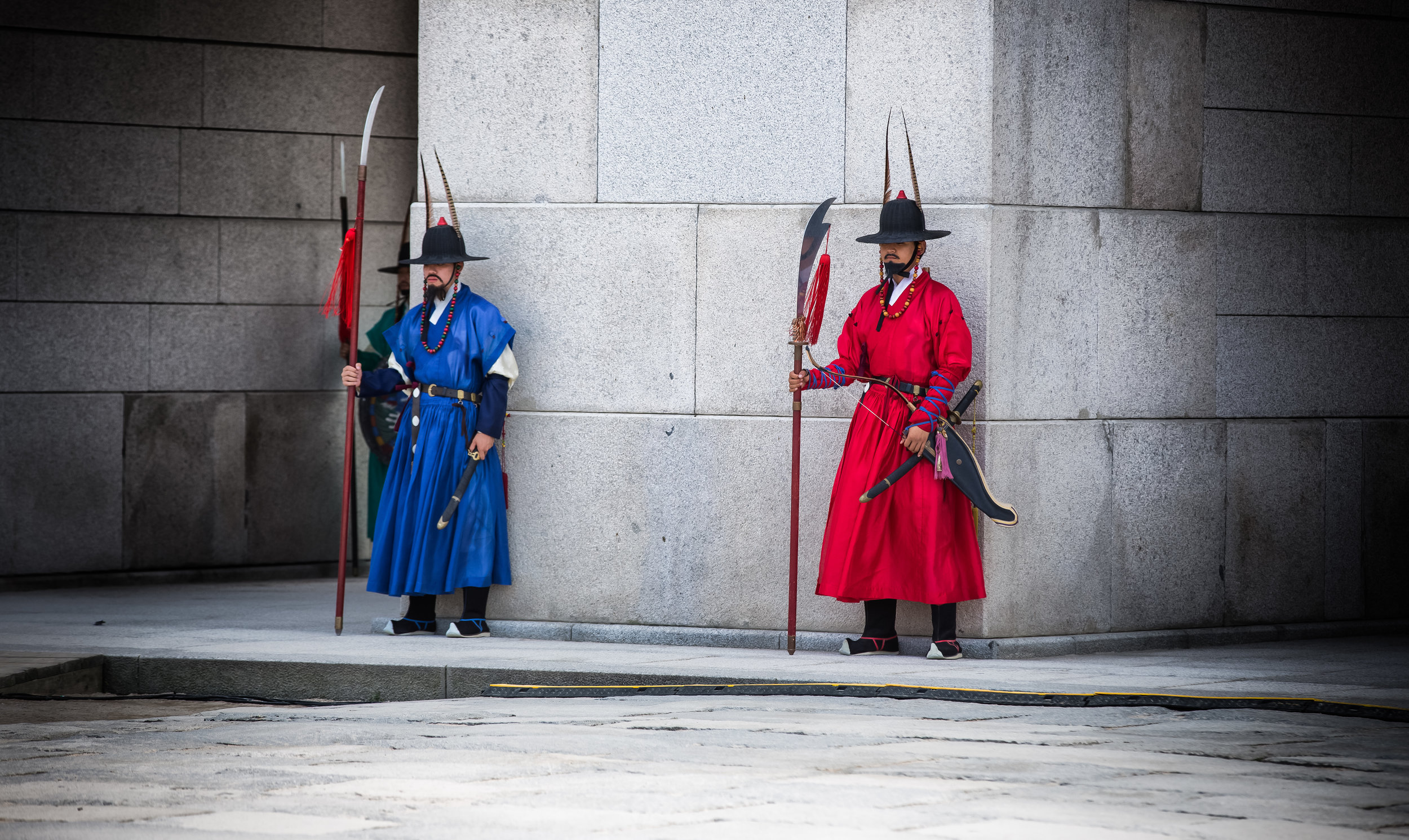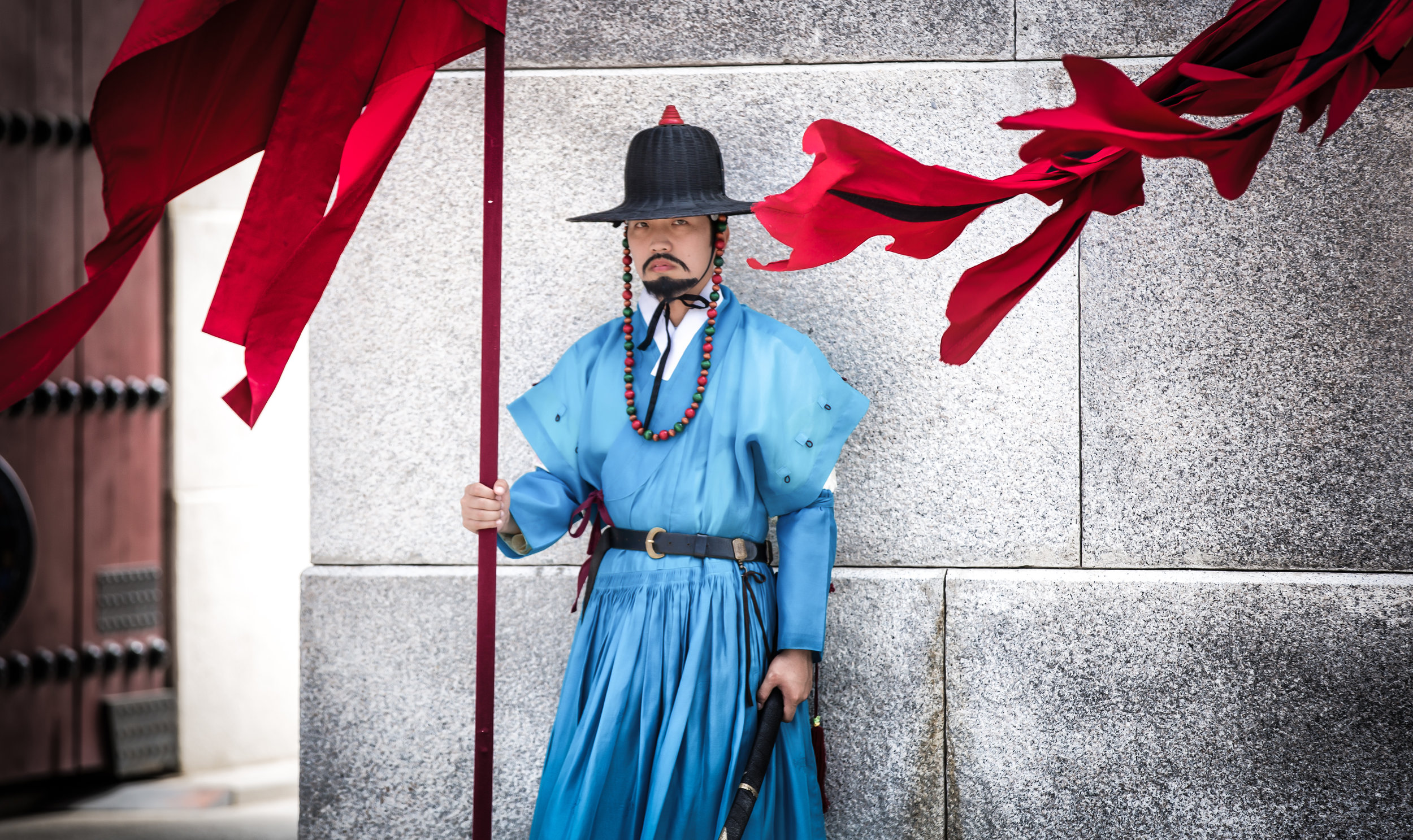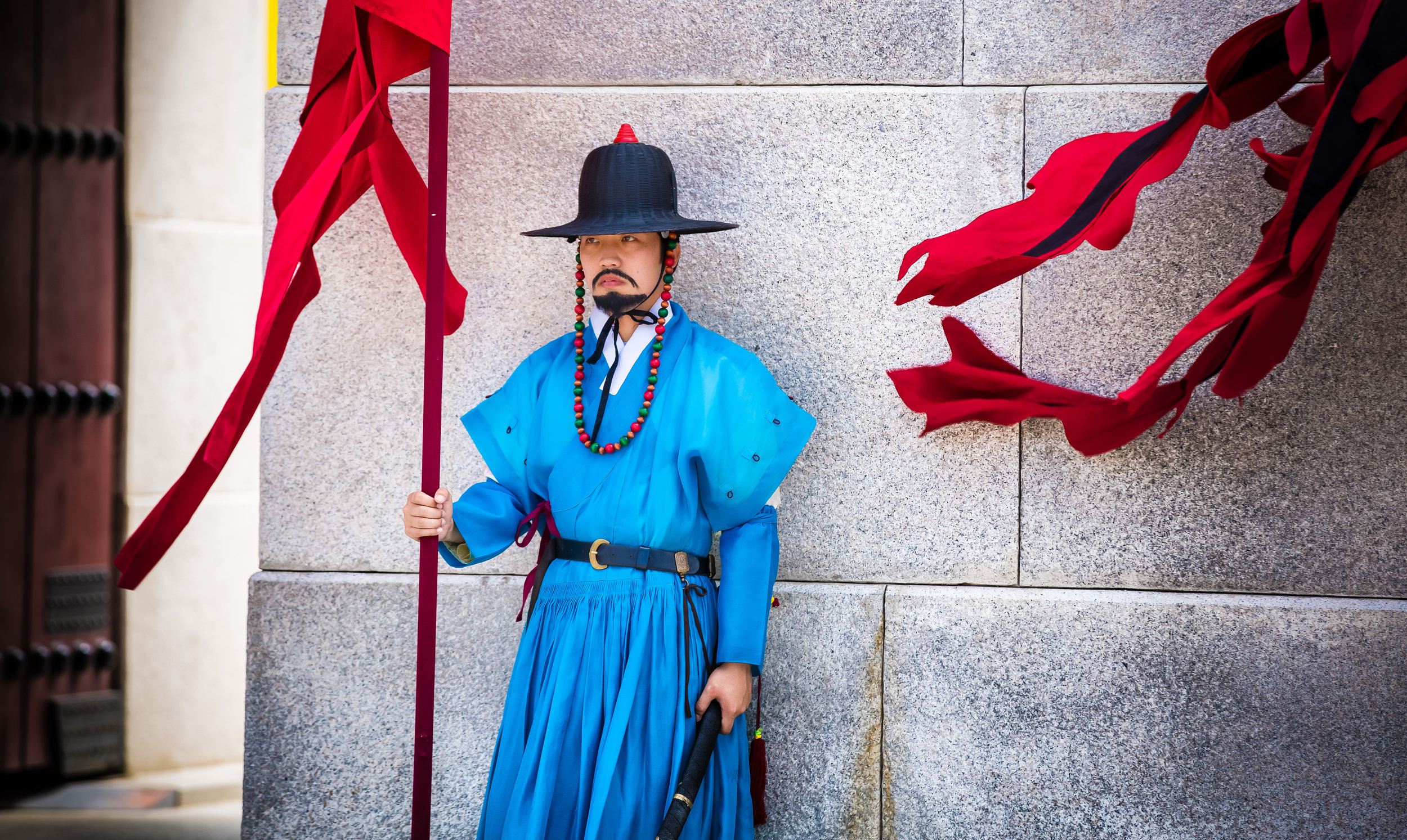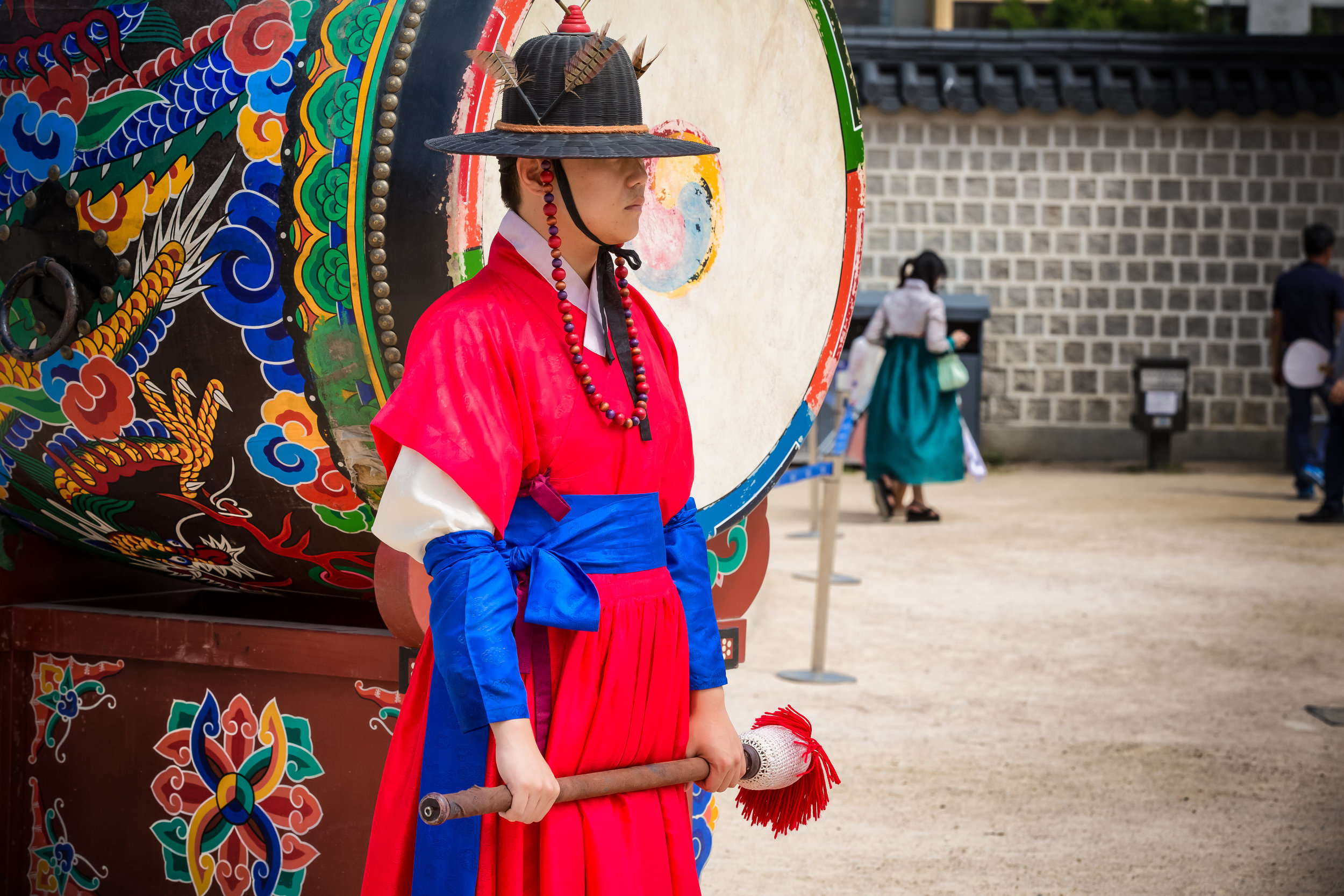I took a week-long trip to South Korea earlier this summer, but unlike most of the trips I take this one wasn't going supposed to be an action-packed fully planned-out occasion where I would see as much as possible while trying to learn as much as I could about the place I was visiting.
I've been to Korea before and truthfully I'm a big fan of the country (especially its food) but I've resisted revisiting again in recent years as the country has become a hot spot in Asia for people wanting to experience the culture and fashion which has been popularized by the tremendously successful Korean music and entertainment industry.
This time my trip was a whole lot more simple - I'd carry a lot less around in my camera bag and I'd spend most of my free time searching out some of the best restaurants in Seoul while hanging out with some people from home that I haven't seen in almost twenty years!
I was in town to attend the wedding of a very special friend of mine from when I was growing up and having met her fiancé when they visited Taiwan a few months earlier, I was really happy to be able to attend the wedding of two very cool people!
My friend Marie is a very vocal supporter of Korea and has combined her love of the country with her entrepreneurial skills to help promote Korean designers and products outside of Korea by founding the subscription box service Korea Curated which ships boxes of cool Korean products created by young Korean designers and entrepreneurs to people all over the world each and every month.
Marie's husband Cory is an expat Youtuber who promotes Korean culture, food and travel through his popular Youtube channel and together they've combined to form a formidable team that does excellent work promoting Korea to audiences both in and outside of the country.
As you might imagine the two of them and I get along quite well because we are very vocal lovers of our adopted country's and while they promote Korea through their videography and entrepreneurial skills, I try to do with same for Taiwan with my photography.
While I didn't have a lot of time to do a whole lot of 'touristy' stuff during my short visit to the country, I did what almost every other tourist who visits Korea does and ate a lot of amazing BBQ and drank a lot of soju - Way too much soju actually - and visited one of Seoul's most prized attractions.
Gyeongbokgung Palace (경복궁/景福宮) also known as the Northern Palace was the primary home of the Joseon Dynasty (대조선국/大朝鮮國) which ruled Korea for five centuries between 1392 and 1897. The palace originally built by King Taejo (태조/太祖) in 1395 was the seat of the central government in Seoul where the rulers of the Joseon dynasty would sit on the Phoenix Throne (어좌/王座).
I had visited the palace on my previous trip to Korea, but I wanted to visit again because like the phoenix which symbolized the Joseon dynasty, the palace itself has risen up from the ashes of destruction several times in its history and what I saw this summer was much different than what I was able to see during my last visit as the palace is in a constant state of reconstruction that is set to be completed within the next fifteen years.
The palace's first bout of bad luck was a fire which severely damaged the grounds in 1553. It was then destroyed by the Japanese invasion of 1592 during the Imjin War (임진조국전쟁/萬曆朝鮮之役) and was left in ruin for 250 years with the monarchy and government formally moving to nearby Changdeokgung Palace (창덕궁/昌德宮), another one of the dynasty's Five Grand Palace's, which just like Gyeongbokgung has also had an unfortunate history.
Work started in 1865 to repair the palace to its original condition by Heungseon Daewongun (이하응/李昰應), regent and father of King Gojong (고종/高宗) who assumed the throne and moved back into the palace in 1868. The renovation almost bankrupted the government and contributed to the decline of the economy and of the dynasty itself. By the time Gojong assumed the throne, the monarchy was viewed as a corrupt vassal state of the Qing Dynasty (清朝) in China and had to resist a push for modernization from within as well as constant threats of Japanese invasion.
The dynasty was renamed to the "Korean Empire" (대한제국/大韓帝國) in 1867 in an attempt to appease domestic concerns but did not last very long as Japan annexed the Korean Peninsula and forced Emperor Gojong to abdicate the throne, put an end to the Korean monarchy as well as putting the governance of Korea under the control of the Japanese for the next 35 years.
After the annexation of Korea, Gyeongbokgung Palace was viewed by the Japanese as symbolic of Korean culture and heritage so in an attempt to subdue Korean nationalism and dissent, the palace was almost completely destroyed with the majority of the buildings within the complex torn down leaving only a few dozen structures left standing.
The structures which escaped destruction notably include Geunjeongjeon, the Imperial Throne Hall (근정전/勤政殿), the beautiful Geunjeongjeon (경회루/慶會樓) and a few other buildings which today which are listed as National Treasures (국보/國寶) by the Korean government.
Notably missing however is a building called the Hall of Worthies (집현전/集賢殿) which was where the Korean writing system Hangul (한글/韓文) was created under direction from the king. The hall is thought to have been somewhere within the palace grounds but it seems that archaeological research has yet to turn up evidence of where it was located despite popular belief that it was likely somewhere near the Sajeongjeon Hall (사정전/思政殿) which was used as the main executive building of the king.
During its heyday the 419,000 square meter palace consisted of 500 buildings with over 7,700 rooms, a staff of 3000 people and housed the offices of the central government which conducted all of its business from within the walls of the compound.
Today the palace has traded in the monarchy, scholars, concubines, government officials and military for hoards of tourists who visit the spectacularly rebuilt compound which includes museums, gardens and some of the best examples of traditional Korean architecture in the country.
The Gyeongbokgung Palace that we see today is the result of a lot of hard work undertaken by the South Korean government to restore the compound to its former glory. The government benchmarked the project to be completed within 40 years and has partially funded the rebuild with the price of admission for tourists who have been visiting since it was reopened to the public.
In 2009 (two years after my first visit to the palace) it was estimated that 40% of the palace had been reconstructed and it would take yet another twenty years to fully restore the palace.
Still, despite only being half completed, the palace is one of Seoul's largest attractions for both foreign and domestic tourists and the changing of the guard ceremony which happens once every hour is one of the highlights of the visit to the palace.
When you visit you are also likely to see tourists, especially those from China walking around in traditional Korean clothing which is great for a photo op if you are visiting and aren't really concerned with seeing much of the compound.
If you're like me however you'll probably ignore all of that and try to see and learn as much as you can. Unfortunately after dedicating around 5 hours to the palace, I probably only got to see about a fifth of the 50% that has been completed meaning that I unfortunately missed quite a bit.
If I ever find myself back in Seoul again, I will no doubt end up back at the palace to see the progress that has been made but also some of the beautiful places that I've missed. The reason I'm so willing to visit this palace again and again is actually quite simple - I'm a big fan of cultural anthropology and the care that has been taken to rebuild this palace and all of the buildings within almost brick for brick is extremely commendable and is a testament to the strength of the Korean people and the dedication to the preservation of their culture and their history.
There is so much more detail that can be said about this palace which has been said many times before by people who know much more than I - If you want to learn more about the palace and the history of the Joseon Dynasty please check out some of the links below for reference:
Official Site | The Seoul Guide | Life in Korea | Koreana | Synapticism | Wikipedia
If you ever find yourself in Seoul, make sure to visit this palace, which has a subway station that drops you off right outside!
Also, if you are interested in learning a little more about Korea, make sure to follow my friends Cory & Marie on Youtube as they continue to explore and promote the country that they love.
Gallery / Flickr (High Res Shots)

